We use cookies on this site to enhance your user experience. If you continue to browse you accept the use of cookies on our site. See our Cookie Policy for more information.
- Media & PR
- Meetings & Events
- School Groups
- Travel Trade
- Select Language 简体中文 繁體中文(香港) 繁體中文(臺灣) India (English) Bahasa Indonesia 한국어 ภาษาไทย Tiếng Việt Singapore (English) Philippines (English) Malaysia (English) Australia/New Zealand (English) Français Deutsch Italiano Español United Kingdom (English) Nordic countries(English) Canada (English) Canada (Français) United States (English) Mexico (español) Português العربية Japan(日本語) Global (English)
- India (English)
- Bahasa Indonesia
- Singapore (English)
- Philippines (English)
- Malaysia (English)
- Australia/New Zealand (English)
- United Kingdom (English)
- Nordic countries(English)
- Canada (English)
- Canada (Français)
- United States (English)
- Mexico (español)
- Global (English)
- Fujiyoshida
- Shimonoseki
- Ishigaki Island
- Miyako Island
- Kerama Island
- Tokyo Island
- Koka & Shigaraki
- Hida Takayama
- Ginza, Nihonbashi
- Beppu & Yufuin (Onsen)
- Ginzan Onsen
- Nagasaki Islands

- Kumano Kodo
- Shikoku Karst
- Amami Oshima
- Hachimantai
- Omihachiman
- Aizuwakamatsu

- Diving in Japan
- Skiing in Japan
- Seasonal Flowers in Japan
- Sustainable Outdoors
- Off the Beaten Track in Japan
- Scenic Spots
- World Heritage
- Home Stays & Farm Stays

- Japanese Gardens
- Japanese Crafts
- Temple Stays
- Heritage Stays
- Festivals and Events
- Theater in Japan
- Japanese Tea Ceremony
- Cultural Experiences in Japan
- Culture in Japan

- Local Cuisine Eastern Japan
- Local Cuisine Western Japan
- Local Street Food
- Japan's Local Ekiben
- Japanese Whisky
- Vegetarian and Vegan Guide
- Sushi in Japan Guide
- Japanese Sake Breweries

- Art Museums
- Architecture
- Performing Arts
- Art Festivals
- Japanese Anime and Comics
- Japanese Ceramics
- Local Crafts

- Scenic Night Views
- Natural Wonders
- Theme Parks
- Samurai & Ninja
- Iconic Architecture

- Wellness Travel in Japan
- Japanese Ryokan Guide
- A Guide to Stargazing in Japan
- Relaxation in Japan
- Forest Bathing (Shinrin-yoku)

- Experiences in Japan
- Enjoy my Japan
- National Parks
- Japan's Local Treasures
- Japan Heritage
- Snow Like No Other
- Wonder Around Japan

- Visa Information
- Getting to Japan
- Airport Access
- COVID-19 Practical Information
- Anime Tourism
- Countryside Stays
- Sustainable Travel
- Accommodation
- Sample Itineraries
- Travel Agents
- Deals and Tours

- Traveling by Rail
- How to Travel by Train and Bus
- JR Rail Passes
- Train Passes and Discounted Tickets
- Scenic Railways
- Renting a Car
- Yokohama Cruise Port Access
- Travel Brochures
- Useful Apps
- Accommodation Types
- Online Reservation Sites
- Eco-friendly Accommodation
- Luxury Accommodations
- Traveling With a Disability
- Hands-free Travel
- How to Book a Certified Tour Guide
- Volunteer Guides
- Tourist Information Center

- Japanese Manners
- Sustainable Travel in Japan
- Spring in Japan
- Summer in Japan
- Autumn in Japan
- Winter in Japan
- Seasonal Attractions
- Monthly Events Calendar
- Cherry Blossom Forecast
- Autumn Leaves Forecast

- Japan Visitor Hotline
- Travel Insurance in Japan
- Japan Safe Travel Information
- Accessibility in Japan
- Vegetarian Guide
- Muslim Travelers
- Safety Tips

- All News & Blog
- Travellers Blog
- Guides to Japan
- Stories of Japan
- The Other Side of Japan
- Media Releases
- JAPAN Monthly Web Magazine

My Favorites
${v.desc | trunc(25)}

Planning a Trip to Japan?
Share your travel photos with us by hashtagging your images with #visitjapanjp

STORY 8 attractions for car and motorbike enthusiasts visiting Japan
Explore these attractions for car and motorbike lovers visiting japan .
If you’re a fan of Japanese cars, such as Toyota, Mazda, Nissan and Honda – or motorbikes like Kawasaki and Yamaha – there is a museum or attraction in Japan for you. Here’s your ultimate car and motorbike enthusiast’s guide to Japan.
1. Toyota Commemorative Museum of Industry and Technology
Aichi prefecture.
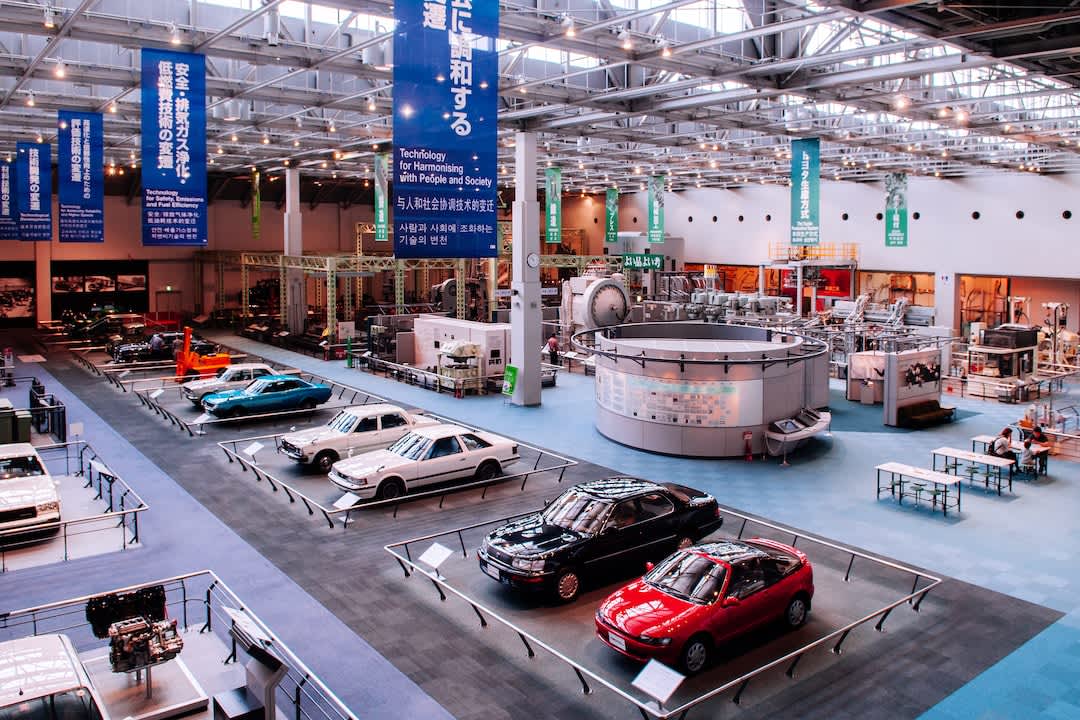
Toyota Commemorative Museum of Industry and Technology in Aichi Prefecture. Image: Pixhound/Shutterstock.com
If you’re looking for an insightful deep dive into Toyota’s extensive history and the way it has helped shaped Japan, you need to visit the Toyota Commemorative Museum of Industry and Technology .
The museum showcases the history and cultural importance of one of the country’s most important companies. Discover Toyota's humble beginnings as a textile machinery manufacturer to its now modern-day industrial superpower status. Expect a fun, hands-on and informative exploration into the past, present and future of the Toyota company.
Technoland provides hands-on educational experiences where you can learn about textile manufacturing and automobiles through interactive displays, simulations and activities. Kids can enjoy pedalling the Virtual Weaving Machine or driving around the Techno Circuit.
There’s also fun in store for the adults with interactive demonstrations showing how steering, suspension and gearboxes function. This museum will definitely awaken the inner engineer and techie within!
Getting there: The museum is around a 3-minute walk from Sako Station on the Meitetsu Nagoya Line. From Nagoya Station, it’s a 20-minute walk or a 5-minute taxi ride.
2. Mazda Museum
Hiroshima prefecture.
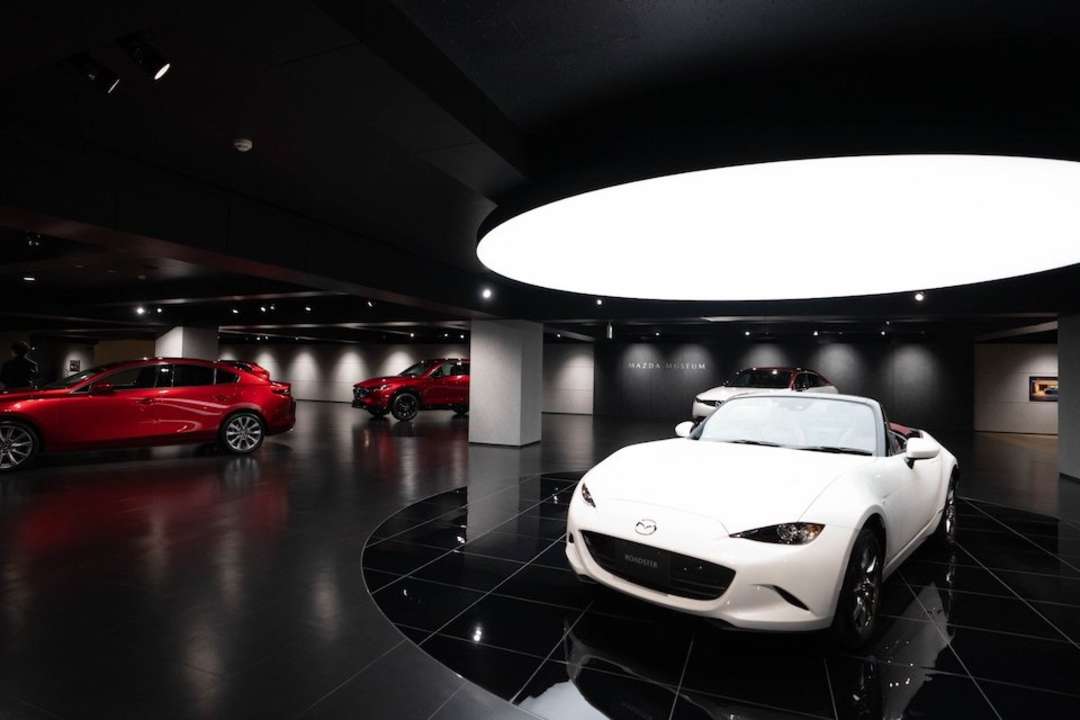
Mazda cars at Mazda Museum in Hiroshima Prefecture. Image: Pecomag
In this museum, you can relive Mazda’s groundbreaking journey through the development of its renowned engine structure and car making. Split across 10 zones, you can go back in time to the origins of Mazda and see its groundbreaking development into the automotive powerhouse it is today.
The zones invite you to take a first-hand look at Mazda’s history, offering inspiring insights into the brand's creations and technological advancements throughout the years with an on-going commitment to achieving carbon neutrality and contributing to an accident-free automotive society. Zone 1 explores the origins of Mazda’s manufacturing spirit and the passion and independent spirit of the founder, Jujiro Matsuda. Zone 2 displays the transformation into a general automobile manufacturer. The other zones encompass Mazda’s groundbreaking transitions into race cars, innovative technology, design, global expansion, and brand strategy.
Travel tip: Admission is free but reservations must be made online before visiting as the facilities can only be seen on a guided tour. Tours for individual travellers are available twice a day and last for about 90 to 120 minutes. Tours are currently only held in Japanese but there are plans to resume English tours soon.
Getting there: Take the train on the Sanyo or Kure Line from Hiroshima Station to Mukainada Station and walk 5 minutes to Mazda Museum.
3. Nissan Zama Heritage Collection
Kanagawa prefecture.
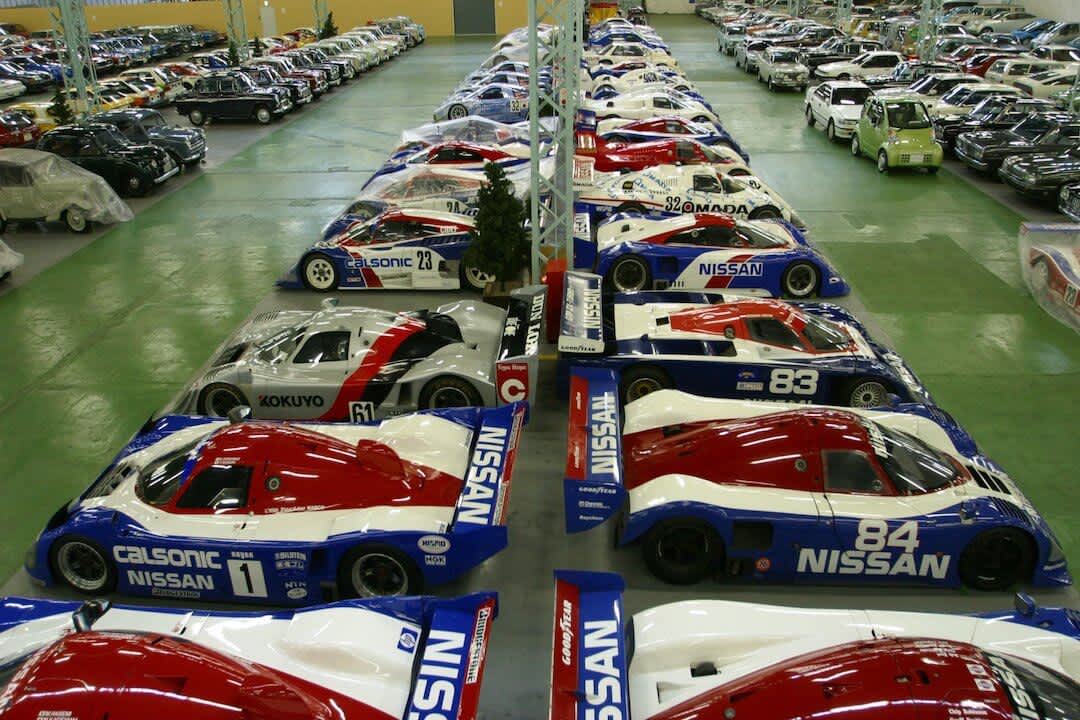
Nissan sports cars at Nissan Zama Heritage Collection in Kanagawa Prefecture. Image: Sudhir Matai
Expect to see old production cars made in the 1930s to successive race cars and dive into the on and off-road history of the Nissan brand. Famous Nissan models such as the very first Datsun 12 Phaeton to Le Mans racers, Super GT legends and possibly every version of Nissan’s GT-R can also be found in this collection. Around 70% of the cars in the collections are kept in drivable condition.
Besides Nissan cars, the collection is also home to cars that have been used in motorsport races and cars that have carried the torch at the Tokyo Olympics.
Travel tip: You must submit an application on their website (Japanese only) to request a tour. Please note that general tours for customers are currently suspended until further notice.
Getting there: Take the train on the Sotetsu Line from Yokohama to Sagamino Station, then board the Sotetsu Bus bound for ‘Minami-Rinkan Station’, alight at Hibarigaoka 1 chome (Koki Iriguchi) and walk for 7 minutes.
4. Honda Collection Hall
Tochigi prefecture.
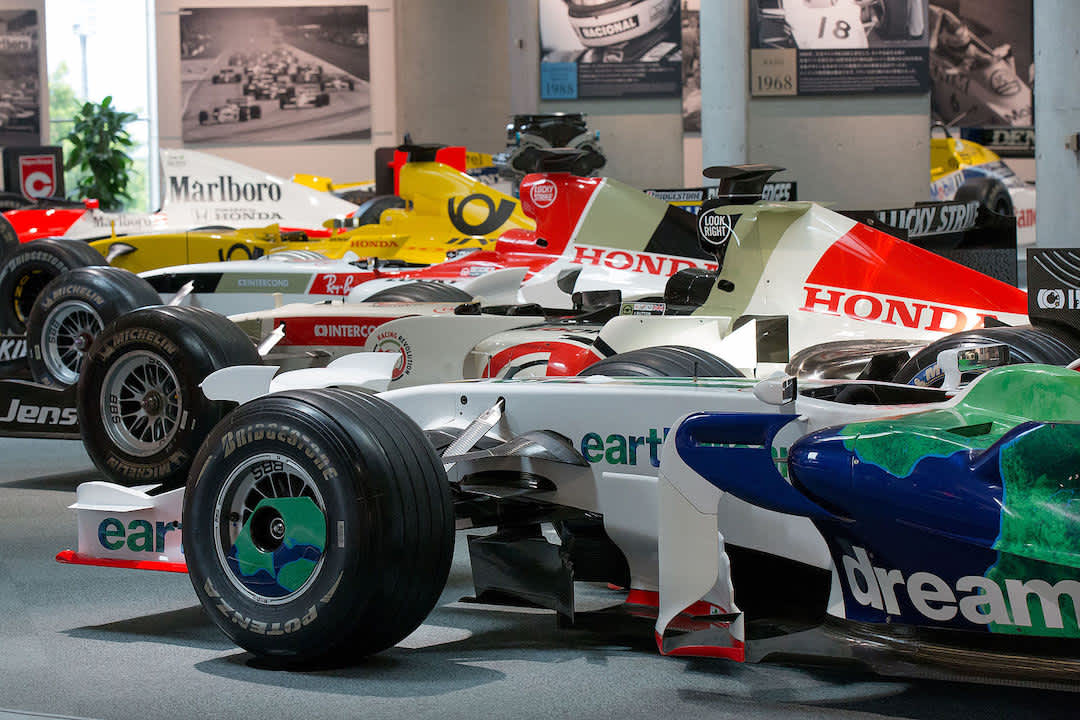
Honda racing cars at the Honda Collection Hall in Tochigi Prefecture. Image: Morio/Wikimedia Commons
The Collection Hall houses approximately 300 restored motorcycles, automobiles, power products and racing machines on display. After watching the exhibition’s video ‘Honda: The Locus of Dreams and Challenges’ on the first floor, you will understand the thinking and passion that went into creating the remarkable Honda brand. On the second floor of the exhibit, you will see Honda’s original bicycle engine and the progress of Honda manufacturing with displays of products that have been loved for generations. On the third floor, you will be introduced to the history of Honda’s excellence in motorsports and the brand's spirit of challenge.
You and the family can also have a go at becoming manufacturing superstars yourselves at ‘Pit Kobo’, where you can build an electric cart by yourself and go on a test drive! Afterwards, head to the Museum Shop where you can find some limited-edition goods not found anywhere else.
Travel tip : Admission is free, but please keep in mind that there is an entrance fee for Mobility Resort Motegi (Twin Ring Motegi).
Getting there: It’s approximately a 90-min bus ride from Mito Station Bus Terminal No.7 or about a 100-minute bus ride from Utsunomiya Station Bus Terminal No.3 to Mobility Resort Motegi.
Please note buses to Mobility Resort Motegi are only available on Saturdays, Sundays and public holidays.
5. Intersect by Lexus
Tokyo prefecture.
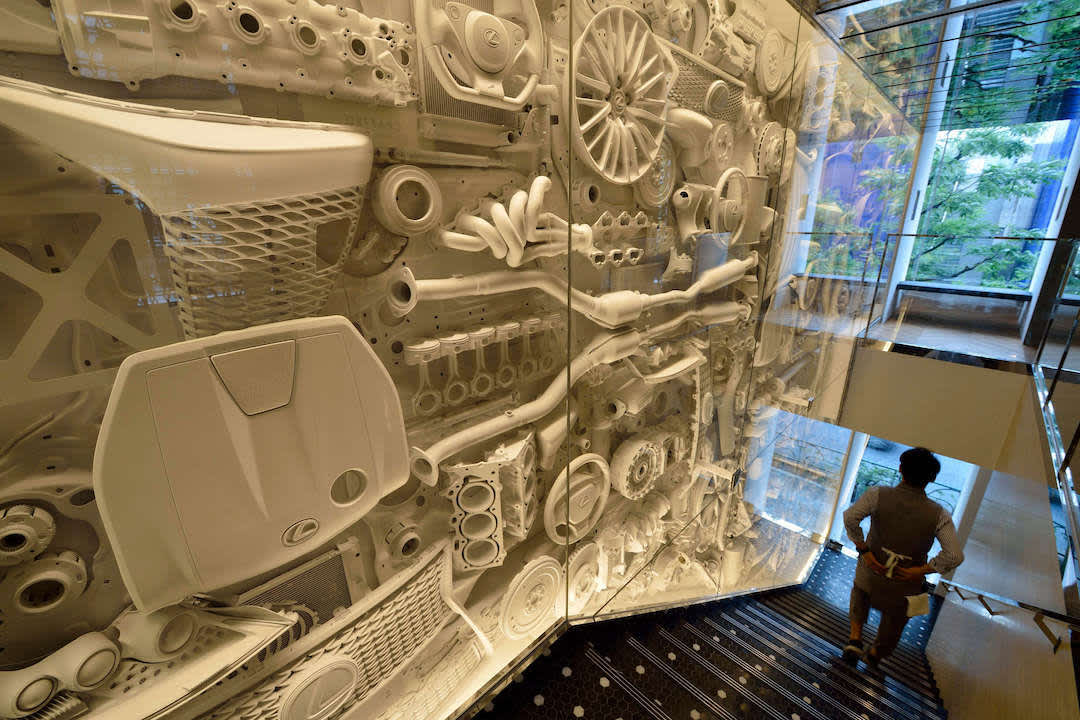
Intersect by Lexus in Tokyo. Image: Bloomberg
The showroom's grand exhibition space called the Garage is both an art gallery and a peaceful spot for adults to relax and see incredible displays of Lexus cars. Featuring innovative installations, it is a must-see when you visit this exhibition.
For rest and space to relax, head to the Bistro where you’ll find gourmet meals created with seasonal ingredients.
Getting there: Intersect by Lexus is around a 3-minute walk from Omotesando Station.
6. Kawasaki Good Times World
Hyogo prefecture .
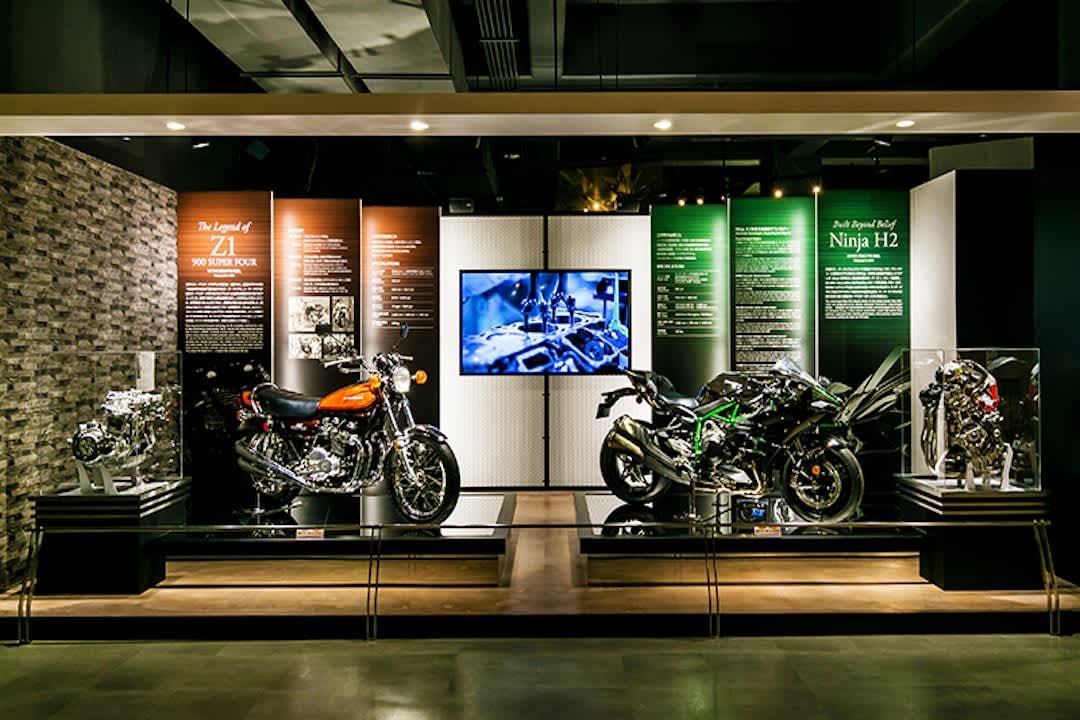
Kawasaki motorbikes at Kawasaki Good Times World in Hyogo Prefecture. Image: Kawasaki Heavy Industries, Ltd
Divided into 9 sections, start from the very beginning at the Meet the Founders Area then head to the History Area, Kawasaki World Theater, Motorcycle Gallery, Land Zone, Sea Zone, Air Zone, High-Performance Robots and Kawasaki Good Times World TECHNO-LAB. Each of these sections will give you a first-hand look into the manufacturer’s thoughts behind the products and how they brought their ideas to life.
Getting there: Take the city loop bus from Sannomiya Station and alight at Nakatottei Pier (Kobe Port Tower). Alternatively, it’s a 15-minute walk from Motomachi Station or Hanakuma Station.
7. Yamaha Motor Communications Plaza
Shizuoka prefecture.
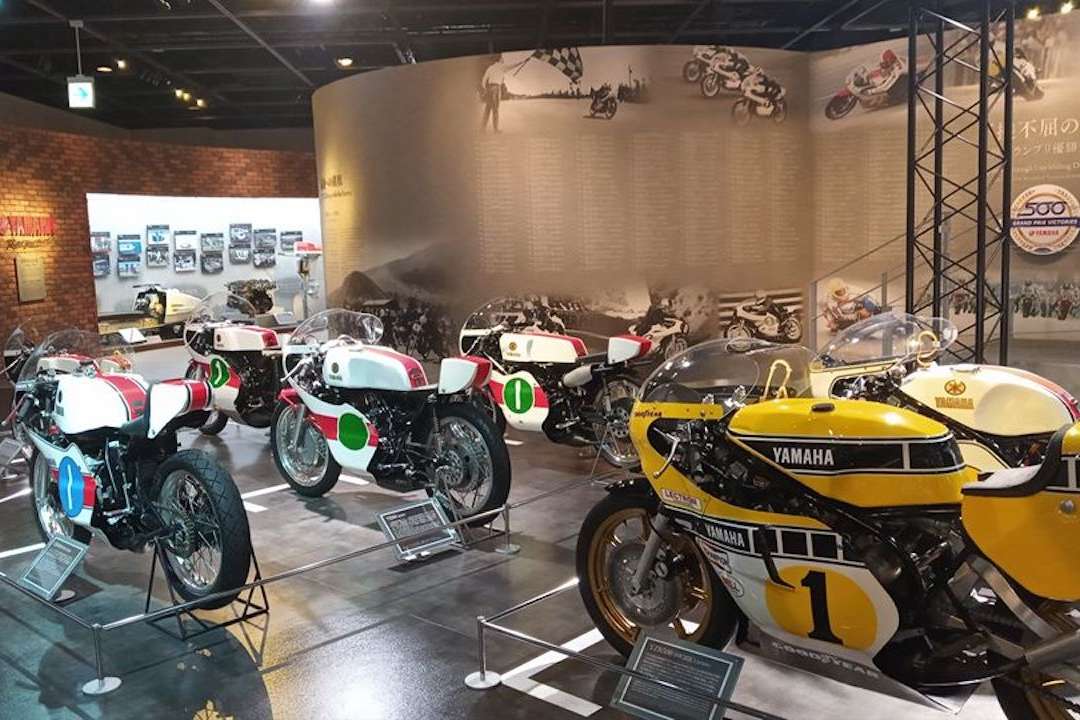
A collection of Yamaha motorbikes at the Yamaha Motor Communications Plaza in Shizuoka Prefecture. Image: Auto Museums
Once entered the first floor, it will be hard to miss the eye-catching Toyota 2000GT painted in glittering gold, a car developed by both Yahama and the Toyota Motor Corporation. Expect to see old epoch-making cars and Yamaha motor technologies as the plaza boasts an array of new and old Yahama products, including its motorcycles, electric-assist bicycles and marine products such as boats, yachts and outboard motors. Kids can also enjoy some fun and educational hands-on activities in the Hands-on Learning Corner.
Please note that the Plaza Café on the third floor is currently closed.
Getting there: The Communication Plaza is a 15-minute walk or 5-minute taxi ride from Mikuriya Station on the JR Tokaido Line.
8. Suzuka Circuit
Mie prefecture.

Cars racing on the Suzuka Circuit in Mie Prefecture. Image: Jay Hirano Photography/Shutterstock.com
Want to visit one of the most renowned racing tracks in the world? Head to Suzuka Circuit in Mie Prefecture. It has emerged as one of the world’s most demanding and rewarding motor racing circuits, gaining popularity because of its uncommon figure-of-eight layout. The circuit has hosted many world-class racing events such as the Formula 1 Japanese Grand Prix , Suzuka 8 hours and Super GT and now you can race on the same turf as racing legends!
Get the adrenaline pumping with driving or riding sessions for amateur drivers/riders or visit Suzuka Circuit Park with rides that you can operate by yourself. For something more educational, head over to the Traffic Education Center which offers a variety of hands-on programs including safe driving for cars and motorbikes.
Travel tip: If you start feeling peckish on your adventure at Suzuka Circuit Park, there are many restaurants and food trucks available in the area. From tasty snacks, desserts and grilled foods to stomach-filling western and Japanese dishes - the food choices are diverse and endless.
Getting there: Catch the train on the Kintetsu Line from Nagoya Station to Shiroko Station, then take the Mie Kotsu Route Bus (20-min ride) to Suzuka Circuit. Alternatively, it’s a 25-minute walk from Suzuka Circuit Ino Station.
Here are some other attractions to consider visiting:
Note: The facility is temporarily closed until further notice.
Please Choose Your Language
Browse the JNTO site in one of multiple languages
- Destinations
Wild Junket

Driving in Japan: How to Plan a Japan Road Trip
Last Updated on November 30, 2021
Planning a road trip in Japan? This guide to driving in Japan will get you prepared to hit the road!
There’s something special about road trips: the open road represents freedom and adventure. Alberto and I have always enjoyed exploring on two wheels, and even more so now that we have a daughter. Renting a car makes it so much easier to travel with our little one, especially when we want to explore the backcountry in places like Iceland and South Africa.
On our recent two-week trip to Japan , we decided to rent a car once again. We had traveled around by bullet train on our first trip to Japan almost 10 years ago, so it was time to do a road trip to experience a different side of the country!
Many people were surprised to hear we rented a car instead of taking the train to travel around Japan. But we absolutely loved it and highly recommend it especially if you’re traveling Japan with kids . Here’s a complete guide for those who are thinking of driving in Japan.
Table of Contents
Is Driving in Japan Easy?
Who can drive in japan, things to know about driving in japan, how to rent a car in japan, how to get insurance for your japan road trip, toll fees in japan, petrol in japan, parking in japan, renting a car vs buying the jr pass, when to go on a japan road trip, hakone kowakien tenyu, fujino kirameki fujigotemba, konji ryokan, our favorite restaurants in japan, where to refuel when driving in japan, final tips for driving in japan, a guide to driving in japan.
We were glad we chose to rent a car in Japan , as it allowed us to explore Japan off the beaten path and go deep into the rural parts of Japan. While the Japanese public transport system is amazing and covers a large area, there are still some places (such as the Snow Monkey Park in Jigokudani ) that are only accessible by car or foot.
This was our second trip to Japan — while we wanted to revisit some of the places we love (Kyoto), we also wanted to explore comfortably and explore some places that aren’t necessarily popular with travelers. My favorite spots in Japan are the villages and mountainous areas that cannot be easily reached by train, such as Shibu Onsen and Okuhida in the Japanese Alps.
Plus, renting a car makes traveling Japan with kids much easier and more convenient. Our daughter Kaleya walks everywhere now, but she still can’t cover long distances, so having a car is the best solution for us when we travel. Besides, renting a baby seat is surprisingly cheap in Japan (only cost us US$10 here while it cost $80 in Oman) and it was brand new, easy to use and very comfortable for Kaleya.

We were surprised by how easy it is to drive in Japan. Roads in Japan are in excellent conditions and easy to navigate. Most road signs are in both Japanese and English— though many warning signs like “Danger” are in Japanese. People in Japan are very well-mannered as you probably know, and that applies to drivers too. Everyone follows traffic rules and often give way to others.
Mind you, Alberto thinks it’s easy to drive in Japan as he has driven in many countries including South Africa, Indonesia, Poland, Oman, Jamaica, and Dominican Republic. So he’s accustomed to driving abroad and getting used to new traffic rules.
We could find our way easily using Google Maps since we had a mobile WiFi dongle. The rented car also had a navigation system which we used from time to time to save some data. I t’s really affordable and convenient to rent a pocket WiFi router from the airport.
We rented our router from GetYourGuide for US$71 that provided us unlimited WiFi for two weeks. It was the cheapest deal we found online and we were pretty glad we could use the internet to find restaurants with good reviews or research on places to go.
Rent a Pocket WiFi Router

An international driver’s license is necessary to rent a car in Japan. You can easily get that in your home country before the trip as long as you have a driver’s license.
There are two places where you can obtain an international driver’s license: the American Automobile Association (AAA) and the National Automobile Club (NAC.) If you are offered a license from any other organization, it is likely this is a scam. Just complete a few simple steps and pay $15 in order to obtain this license.
You must present your valid driver’s license (issued at least 6 months prior), two passport photos and cash, check, or money order for the total fees, in order to obtain the license. The international license is valid for a period of one year.

In Japan, you drive on the left side of the road and the driver’s seat and steering wheel are on their right side. The legal minimum age for driving is 18 years. Drinking and driving is strictly prohibited. Road signs and rules follow international standards, and most signs on major roads are in Japanese and English.
The typical speed limits are 80 to 100 km/h on expressways, 40 km/h in urban areas, 30 km/h in side streets and 50 to 60 km/h elsewhere.
Road conditions are very good, although side streets in the cities can be rather narrow or even impassable to larger vehicles. Traffic congestion is common within city limits and it’s advisable to drive outside of major cities (although we found it wasn’t too bad driving around Tokyo).

We booked our rental car online from Discover Car Hire and the cheapest deal was from Budget. For the entire two-week trip in Japan , we paid around US$565 for our two-week rental of a compact Japanese car including the insurance and US$10 for the baby seat. We picked it up and dropped it off at Narita Airport.
If you are concerned about not being able to speak Japanese, don’t worry. All the staff at our car rental company spoke English and their service was amazing. The staff even helped us put on the child seat, move our luggage onto the car and show us how to use the GPS system. They made sure that we were comfortable with driving the car before saying goodbye.
Search for Japan Car Rentals

When renting a car, make sure to get Third Party Liability Insurance (TPL) which covers third party damage or loss in an accident. Our car rental included Collision Damage Waiver (CDW) and Personal Accident Insurance (PAI).
I highly recommend getting travel insurance as well as it covers COVID-19 risks, personal loss, theft, and medical on top of damages that may incur on your camper van or vehicle in Iceland. With the harsh conditions and extreme weather, your camper can easily suffer from damages.
Safety Wing is the most popular travel insurance company for COVID19-coverage. I use their Nomad Insurance plan , which covers COVID-19 as any other illness as long as it was not contracted before your coverage start date. Refer to my travel insurance guide for more details.

Cost of a Road Trip in Japan
Renting a car in Japan isn’t extremely expensive — it’s the other costs like toll fees and parking that make it pricey. As mentioned, we paid US$565 for the car rental itself, but other fees added up to make the total amount double of that.
Tolls are the reason why I wouldn’t advise renting a car in Japan. They are extremely expensive and almost every highway we drove on required toll fees. Avoiding tolls would take a lot longer for us to get to our destination so we usually used the fastest route and paid the tolls.
I wouldn’t recommend driving the car in major cities as tolls within the cities made driving more expensive than using the subway. We only used it one day in Tokyo and totally regretted it.
Here are some examples of toll fees: the 1.5-hour drive from Tokyo to Hakone cost 3200 yen and the 4-hour drive from Jigokudani Snow Monkeys Park to Tokyo cost around 4500 yen.
TOTAL TOLL FEES: US$285
Having an ETC card allows you to pass the tolls much quicker. However, we were told that it is only available to Japan residents. There is a one-time 324 Yen ($3.24) rental charge and then you settle rest of the toll charges when you return the car.
You don’t need an ETC card to pay the tolls. Most tolls can be paid by cash or credit card. Just look out for the lane that says “ 一般 ” where you’ll be able to pay by card or cash. We did encounter one toll booth that didn’t take credit card and we unfortunately did not have any cash. The officer ended up giving us a ticket but we just gave it to our rental company and paid them for it.
Gas is surprisingly cheap in Japan. The average price is 148 yen/liter (US$1.35/liter). It costs around 3200 yen ($29) to fill up our compact car and we pumped 4 times in the two weeks that we drove. It can be confusing to pump petrol in Japan at first, but the attendants are always more than happy to help.
TOTAL COST: US$30 x 4= $120
Parking fees are another killer for those who are driving. It is surprisingly easy to find parking everywhere, even in Tokyo, but it’s expensive. We were paying around 300-500 yen ($3-5) per hour of parking. Most carparks have a maximum limit of around 2000 yen ($18) per night. In contrast to taking the subway (where a day pass costs 900 yen or $8 per person), driving around a city is definitely more expensive than taking local transport. That’s why we chose to stay at hotels that offer free parking.
TOTAL COST OF PARKING: $150
To sum it all up, we spent the following on renting a car:
Car rental: $565
Toll fees: $285
Petrol: $120
Parking: $150
GRAND TOTAL: $1120

Many travelers debate between renting a car or buying a Japan Rail Pass and taking the train all over Japan. So which is a better option for you?
This really depends on how many people you’re traveling with and if you have kids (and how old they are). For instance, if you are a family of four with kids older than 11, it will be cheaper to rent a car than buy four JR passes.
But if you’re traveling solo, then it might be better to get a JR Pass for unlimited travel on Japan Rail transportation (including bullet trains, local trains, buses, monorails and ferries). Getting a JR Pass will definitely save you money, as individual trains are super expensive.
The JR pass is free for kids under 6 years old. For kids between 6 and 11, the pass is half-priced.
Here are the adult prices for the JR Pass:
7 days — $267
14 days — $426
21 days — $545

Spring (March-May) and autumn (September-October) are the most popular months to travel Japan due to the mild weather and moderate humidity. They’re also the best time to drive in Japan as there won’t be snow in the mountains and tourist spots are not too crowded.
We traveled to Japan in late September and still found many places quite crowded, particularly Kyoto. During our trip, we experienced mostly warm days of 21-25 deg C (70-77 F), with some rainy days during which the temperature dipped to 15 deg C (59 F). In the mountainous areas like Takayama and Nagano prefectures, temperatures ranged around 10-15 deg C (50-59 F), but a light jacket was enough.
It can get really hot and extremely humid in summer (June-August), which is best avoided. Winter (December-February) is pretty cold with temperatures dipping to freezing point. But Japan has lots of great ski stations and it’s a good time to see snow monkeys in Nagano. Try to avoid the cherry blossom season as places can get overcrowded. Each year, the sakura season varies (usually around April).
Check out our Japan itinerary!

Where to Stay on a Japan Road Trip
Renting a car in Japan gives you the freedom to explore more rural parts of the country and stay in absolutely stunning spots. We’re very glad we decided to drive in Japan as we would have missed some of our favorite spots and hotels otherwise. Some ryokans and glamping sites are located in the mountains and away from access to public transport. We also made sure to find hotels/ryokans that had free parking spots to save money on parking.
Here are some of the hotels we recommend staying at if you’re planning a road trip around Japan.
Opened in April 2017, this spectacular five-star hot spring resort is a worthwhile destination on its own and is best accessible by car. Read my detailed review of the best ryokan in Hakone . All of its rooms have tatami flooring, open-air stone bath and mountain views. Its beautiful garden is dotted with bonsai plants, waterfalls and even a Shinto shrine. The hotel also has an attached hot spring themed park that’s perfect for kids. Check latest rates here!
Possibly the most family friendly hotel we stayed at in Japan, this glamping site has beautifully furnished cabins transformed from cargo containers and huge play areas for families to hang out. Each cabin is equipped with a fire pit, barbecue grill, hammock and even a jacuzzi. Best of all, it has a gorgeous setting high up above Gotemba, with Mount Fuji in the backdrop and a thick cypress tree forests surrounding it. Check the latest rates.
Located in the Okuhida hot spring village, this traditional ryokan is a charming little abode run by an old lady and her family. It’s actually reasonably priced for such a comfortable and traditional ryokan. It’s surrounded by mountains and the views from its open air onsen are spectacular. There are several good restaurants just walking distance from the ryokan. Staying here gave us the opportunity to experience a typical Japanese small town and also go on short hikes in the mountains. Check the latest rates.

Where to Eat on a Japan Road Trip
You can find good food everywhere in Japan — even at highway pitstops or roadside restaurants (pictured). We found that many of the highway pitstops had food halls with several different stalls to choose from. They are usually affordable, with a meal costing around 800-1500 yen per person. There’s usually free iced water or tea provided.
There’s also no shortage of convenience stores all over Japan, like 7-11, Family Mart, and Lawson’s. They all have cheap and delicious yakitori (meat skewers), onigiri (triangular rice buns) and bento sets available.
For more details on what to eat in Japan, here is my detailed Japanese food guide with the best Japanese dishes to try. If you’re a Japanese food lover, you might like to check out this curated list of Japanese recipes .

- Sushi Dai, Tokyo — Located outside the famous Tsukiji Market, this is indisputably one of the best places to enjoy sushi in Tokyo. You’ll get an affordable taste of the freshest and finest seafood for only a fraction of the price of upmarket sushi restaurants. But it’s a tiny place and might not be suitable for those with strollers/babies. Reserve your table here!
- Kisoji, Tokyo — Our Japanese friend brought us to this shabu-shabu (hotpot) restaurant and we had some of the best wagyu beef I’ve had. You can book a tatami room and cook the shabu-shabu or sukiyaki yourself. Book a table here.
- Sakura Tei, Tokyo — We absolutely loved this restaurant chain that lets you make you own okonomiyaki and monjayaki (pan-fried pancake batter). It’s cheap and casual, and filled with character. Reserve a table here.
- Tenka Chaya, Kawaguchiko — While driving around the Mount Fuji area, we chanced upon this gorgeous roadside teahouse and had an amazing meal there. All of its tables are on tatami floor and the menu is traditional hot broth pot.
- Kaseidon Ichiba, Kanazawa — Inside the Omichi market, you’ll find the best spots to try fresh sashimi that the city is famous for. This place serves awesome salmon roe, oysters, scallops and outstanding sushi. Read reviews here!
- Sakaguchi-Ya, Takayama — Housed in a Samachi traditional building, this restaurant serves the famous Hida beef in the form of handrolled sushi or beef rice bowl. A little pricey but well worth for the quality food and atmosphere! Book a table here.
- Hokkyokusei, Kyoto — Right next to Yasaka Shrine is this cute ‘Western’ cafe that specialises in omurice (Japanese omelette rice), which is one of our favorite Japanese dishes. Kid-friendly and good service. See reviews here.

There’s no shortage of gas stations in Japan, regardless of where you’re driving. Most gas pumping kiosks only operate in Japanese language but they are all full service, meaning that they have uniformed attendants who will help to fill up your car, clean your windscreen, and check your tires. All of the stations we went to accepted foreign credit cards, and you usually pay straight at the pump without having to go inside the station.
If you are driving a rental car, you must return the vehicle with a full tank. Our car rental dealer asked us to pump at a particular gas station right before returning the vehicle and to bring the receipt from the gas station when returning it.
As of 2019, gasoline is around 148 yen a liter.

On an ending note, I just want to remind you that you’re in Japan to have fun! Don’t stress out when you see only Japanese signs, just follow what the other drivers are doing. People stick to traffic rules and there aren’t many aggressive drivers. Don’t honk unless it’s an emergency!
Keep in mind that you’re there to have fun and explore, so slow down and enjoy the beautiful country! I hope this guide to driving in Japan has been useful. Feel free to leave me any questions or comments you may have below.

Inspired? Pin it!

Nellie Huang
Nellie Huang is the founder of WildJunket. Originally from Singapore, Nellie has traveled to over 150 countries across 7 continents. She is a book author and Lonely Planet guidebook writer. As an adventure travel blogger, she has a special interest in unusual destinations and deep experiences. Follow her travels on her Facebook and Instagram .
Leave a Comment Cancel Comment
Save my name, email, and website in this browser for the next time I comment.
This site uses Akismet to reduce spam. Learn how your comment data is processed .
The Comments
Muy bonito e interesante reportaje Nellie
Anika Redhed
There is little to be found on self driving Japan. This was mighty helpful. Very practical. Thanks !
You May Also Like
Dawn on nepal’s rapti river: birds, crocodiles and pink skies, hiking the jeju olle trail, south korea, 30 easy japanese recipes to make at home.
- Transportation
Guide of Driving a Car in Japan
Driving in Japan
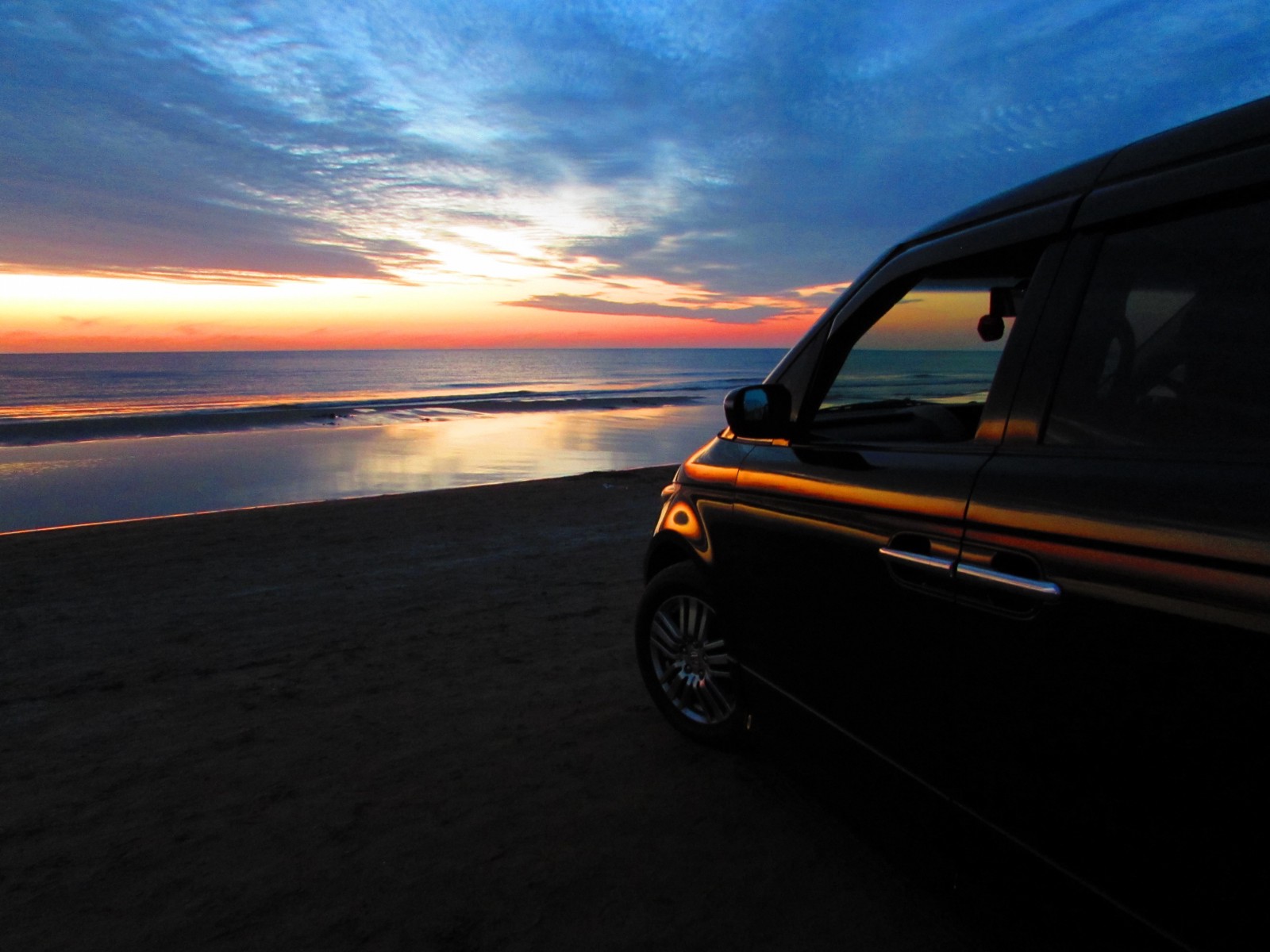
If you are planning to visit Japan, travelling by car is much worth considering about. Renting a car and driving in Japan is much easier than you think.
*Please note that this article contains affiliate links.
It’s still recommended to travel around by public transport if you are in big cities, such as Tokyo and Osaka, because traffic is constantly heavy and you will have to pay a lot for parking. (e.g. Parking rate in central Tokyo is as high as 800 yen per hour)
But if you are willing to travel countrysides in Japan, self-driving would be much better option. Travelling by car in Japan would save your time, sometimes money and definitely it’s stress free. The biggest benefit of travelling by car is that you are much more flexible and able to reach where public transport can not take you.
What do I Need to Drive in Japan?
The legal minimum age to drive in Japan is 18 years old and you will need to hold Japanese driver’s license or International Driving Permit (IDP) . IDP can be only apply in your home country and it’s valid for one year.
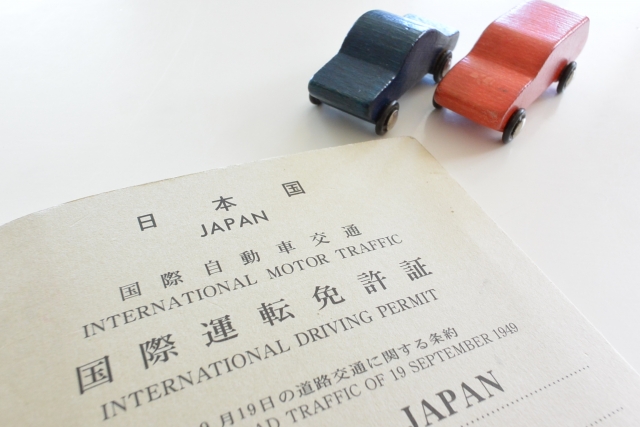
For some countries, (Belgium, France, Germany, Monaco, Slovenia, Switzerland and Taiwan) IPD is not issued but instead they will need a Japanese translation of their original licence obtained by Japan Automobile Federation (JAF). Japan Experience provides a translation service for ¥6,500.
Where Can I Rent a Car in Japan??
There are numbers of car rental companies in Japan and you can hire a car pretty much everywhere. But the most recommended way would be prepare your IPD and book your rental car in ahead before arriving Japan and pick up the car at the airport on your arrival. Organise via travel agency or book online as numbers companies’ websites are operated in English (Nippon Rent-A-Car, Toyota, ORIX, Times Car, Budget Rental Car). I’d also recommend to check the comparison site Airtrip Rentacar , suggesting the cheapest rate among numbers of rental car companies in Japan.
>> Click HERE to book your rental car in Japan (English Website)
How Much does It Cost??
Price range is various depending on size or model of the car, but rental cars in Japan can be as cheap as 3,000 yen per 24 hours for a basic compact car. If you wish to drop off your rental car at a different location, they usually charge you extra (up to 5,000 yen). Petrol stations are located everywhere and operated usually for 24 hours. The price for petrol is approx 125 yen per liter (on March 2017).
As I mentioned earlier, parking in big cities is pricey but in countryside, it is really cheap or free.
How Easy to Drive in Japan??
Japanese drivers are generally calm and gentle and driving in Japan is not so intimidating if you follow rules. You have to drive on left side in Japan, which is opposite to most of North and South American, European and African countries. And most of Japanese cars are right hand drive, which could be again opposite to your home country. Road signs and rules follow international standards, and most signs on major roads are in Japanese and English. Most of rental cars come with GPS Navigation.
Where are the Best Places to Drive in Japan??
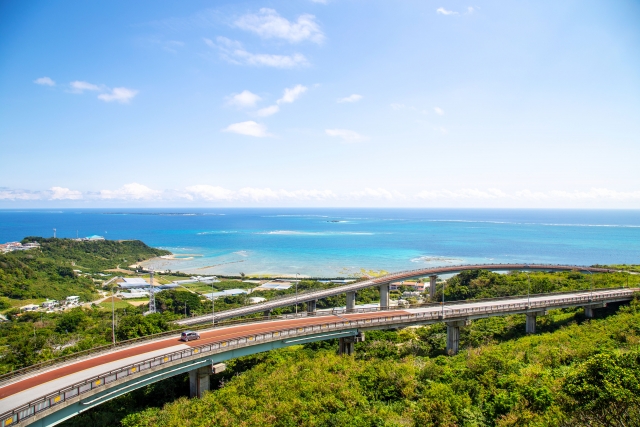
There are numbers of scenic driving routes in Japan, especially in countrysides. Hokkaido and Okinawa would be two top places for scenic drive. Yet, there are much more to explore in Japanese countrysides. Check my articles introducing greatest driving routes in Japan 🙂
▶ Biei Driving Guide: Patchwork Road and Panorama Road
▶ 5 Scenic Driving Roads in Japan
>> Click HERE to book your rental car in Japan (English Website)<<
↓↓↓For more articles about Japan, check these links!! ↓↓↓

▽Related Articles▽

▼Editor’s Picks▼
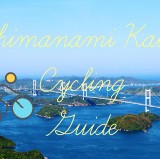
"The world is my oyster" A globetrotter 🌎 and hammock lover 🌞 who loves taking adventures to fuel wanderlust. Born and raised in Japan, I have lived and explored countries around the world. As a resident of Japan and based on my travel experience, I'd love to share my knowledge and tips for travelling Japan with my readers. I hope my story will help you plan your trip and have a great time in Japan 🌈

Leave a comment
10 Best Road Trips in Japan
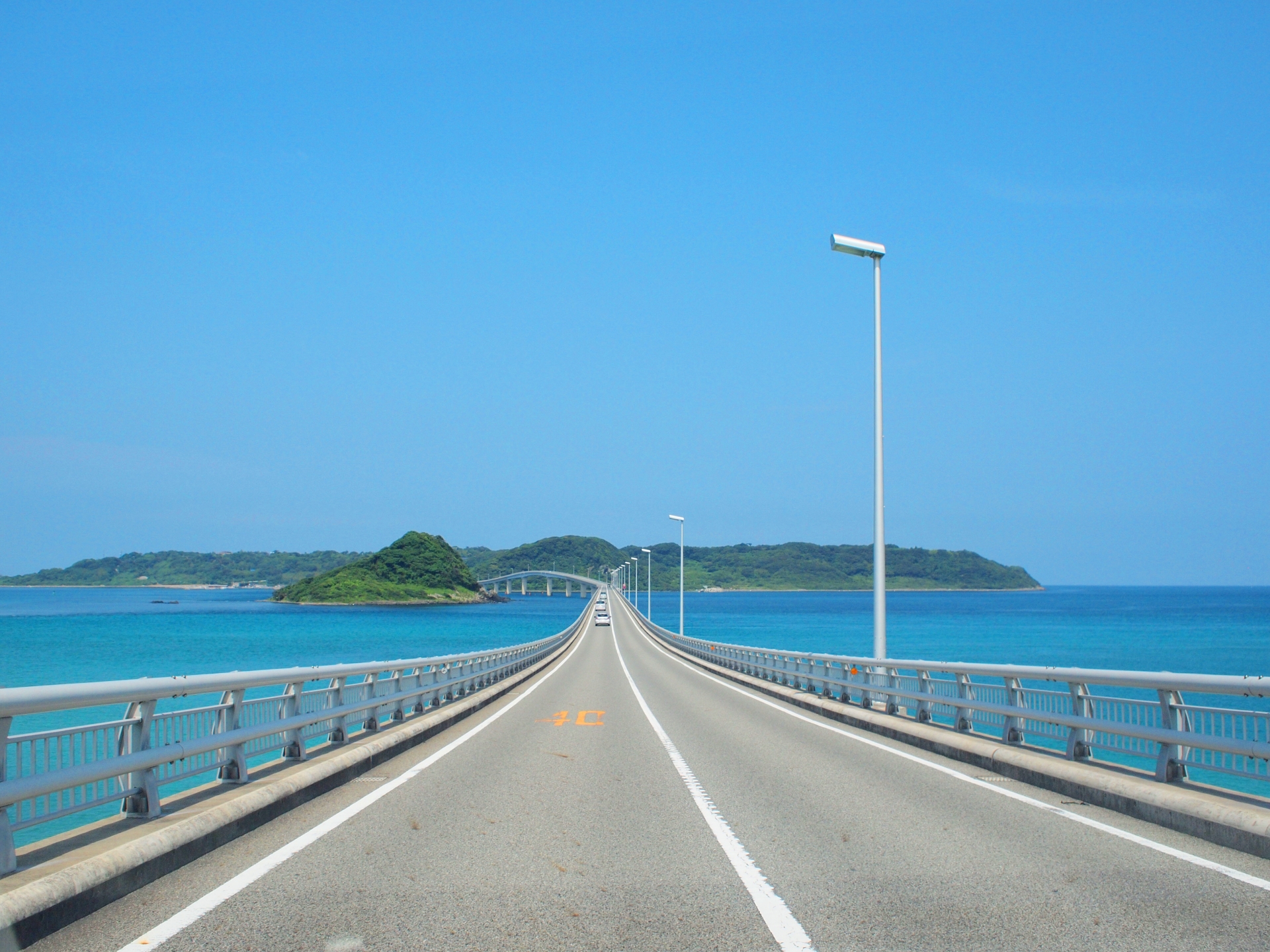
Stefanie Akkerman moved from the Netherlands to Japan in 2013 with her Japanese husband and son. She jumped into the niche of Dutch tour guiding in Tokyo and Kamakura in 2015 and occasionally writes articles about all the great sights and activities Japan has to offer. She loves (Japanese) food, and to work that all off she goes diving, snorkeling, cycling, or hiking.
This post may contain some affiliate links. When you click through and make a purchase we may receive some commission, at no extra cost to you .
There are car rides that are so scenic that the trip to get to your end-point is nearly as good as the actual destination. Sometimes, driving a certain road is even a destination in itself. Japan doesn’t have a lack of amazing drives, being a mountainous country with plenty of unspoiled nature . Why not take a relaxing drive on one of these 10 best road trips in Japan? We are sure that once you get a taste, you will want to go again!
1. Izu Skyline in Shizuoka
2. mount aso in kyushu, 3. nikko national park in tochigi, 4. shikoku karst in ehime (kochi), 5. venus line in nagano, 6. akashi-kaikyo bridge, 7. bandai-azuma skyline in fukushima, 8. sapporo to roller coaster road and patchwork road in hokkaido, 9. tsunoshima ohashi bridge in yamaguchi, 10. hakone hill turnpike in kanagawa, traveling in japan, japan wonder travel tours , other articles you might enjoy.
If you fancy great views of Mt Fuji on your road trip, the Izu Skyline in Shizuoka may be just what you are looking for. This 40.6 km long toll road leads from hot spring city Atami in the north of the Izu Peninsula to the highlands of Amagi Kogen in the middle of the peninsula. Besides Mt Fuji, you will have nice views of the ocean on the eastern side, and the route is especially nice in spring with the blossoms and during the fall foliage season .
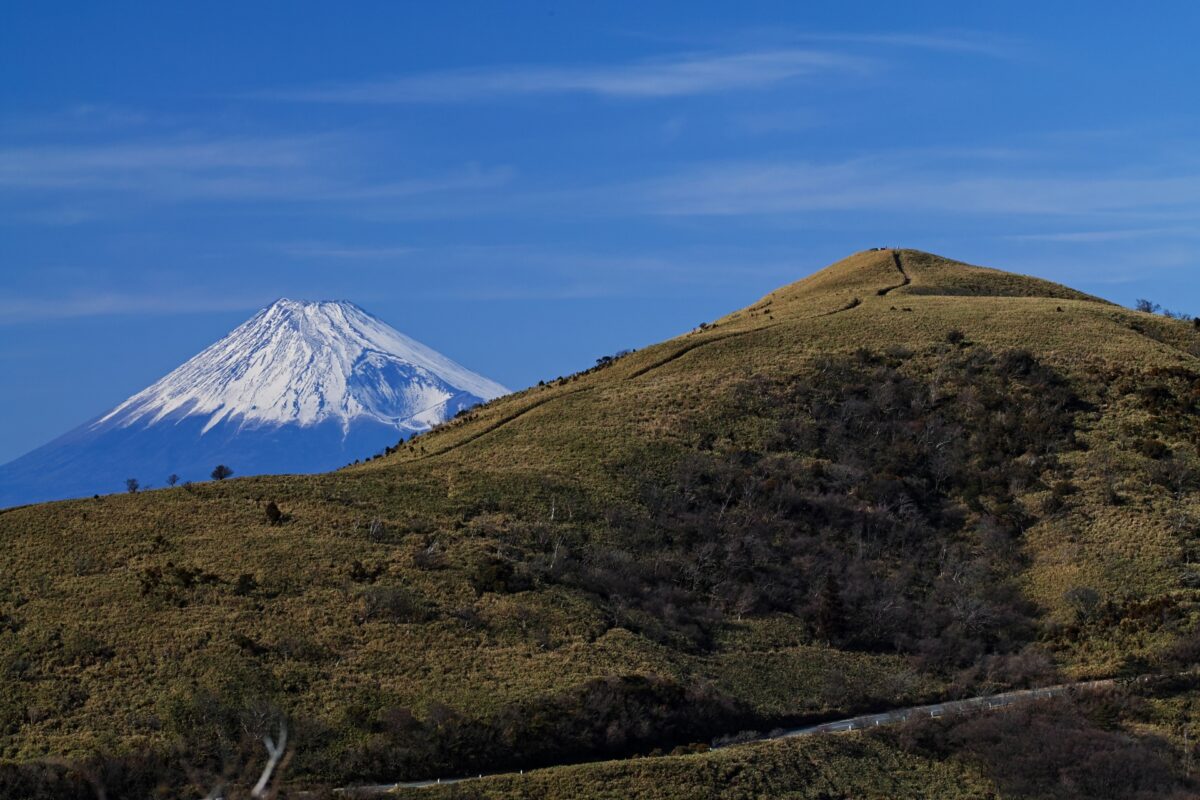
The best way to enjoy the fertile volcanic landscape surrounding Mt. Aso on the southern island Kyushu is to drive the Milk Road slowly while taking in the nice vistas. With grassy plains that stretch into the distance, there are multiple parking areas where you can stop to admire the views from up close. Make sure to go all the way up to the Daikanbo lookout, which is the highlight of the drive. Please note that the road may be closed due to icy conditions in the winter and that the crater of the volcano is only accessible when it is not too active.

Nikko is a very popular destination for local as well as international tourists. Only 1.5 hours away from the north of Tokyo , visitors flock there to see the impressive Toshogu shrine and temples surrounding the shrine area. The nature around Nikko is also very beautiful boasting waterfalls , forests, and a large lake , and the road that you can’t miss on your trip is called the Irohazaka Winding Road. Named after the Japanese alphabet that consists of 48 syllables, this curvy road has 48 hairpin turns and offers amazing views on the way up and down. At the top, don’t forget to visit the scenic Kegon Falls that you can go down to with an elevator.
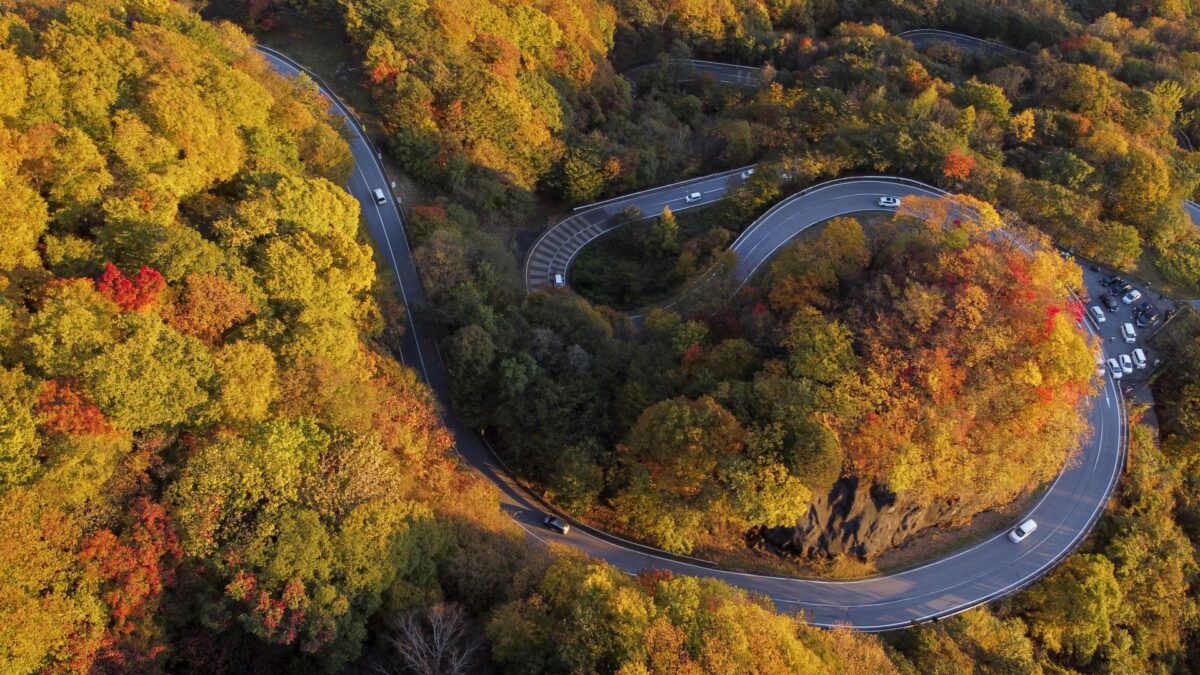
Ehime prefecture on pilgrim’s island of Shikoku is especially famous for Dogo Onsen , one of the most picturesque onsen towns in Japan. Driving in Shikoku is also a pleasure, as it is the least populated island of the 4 main islands of Japan, the roads tend to be fairly quiet. To get there you can either depart from Kochi or Matsuyama, and the drive will take around 2 hours. The karst is a geological formation with wide grasslands interspersed with white limestone mounds and sinkholes. The area is surrounded by mountains and is located at an elevation of around 1400 meters. There are various hiking trails, and every season there is something to enjoy. If you stick around until nightfall, you can see starry skies undisturbed by any artificial light.
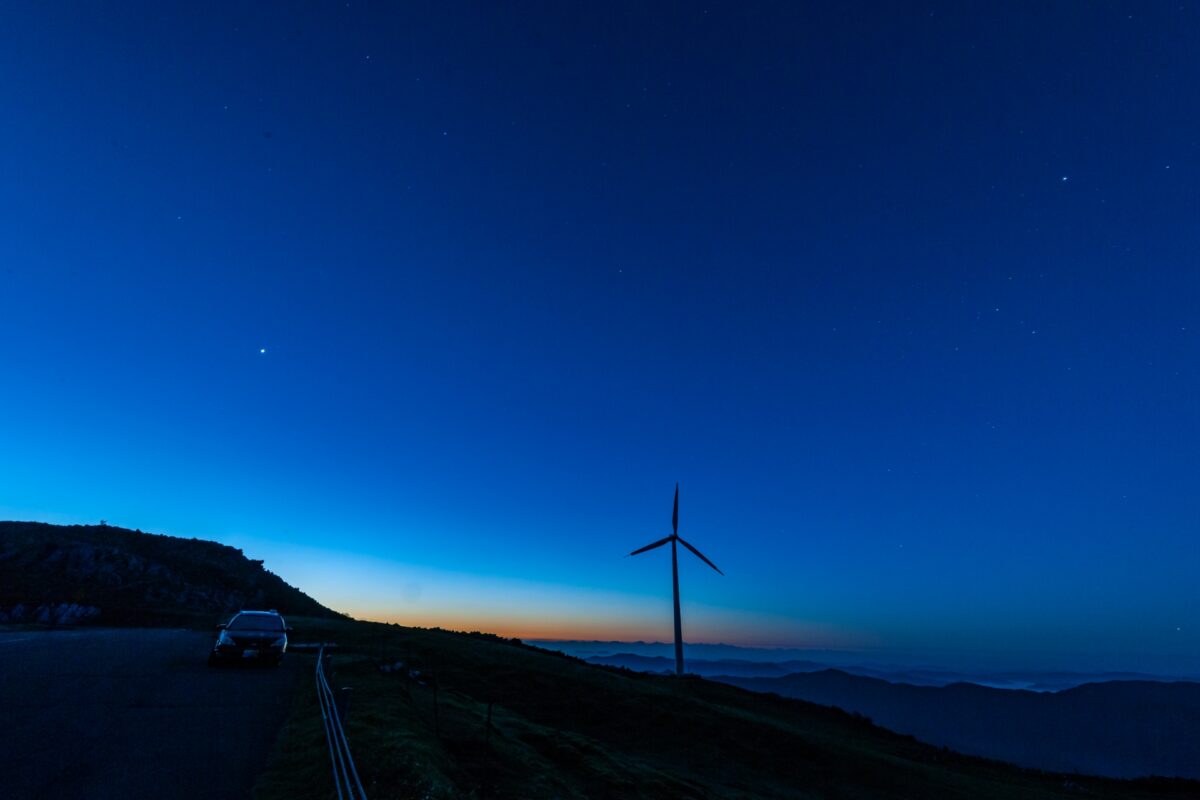
Nagano is one of Japan’s most mountainous regions, so it is no wonder that there are some scenic routes in this prefecture in the middle of Japan’s Honshu island. The Venus Line that runs between Chino and Ueda is a mountain road that leads you past highlands where there are various wildflowers blooming, two scenic lakes, and a plateau at a nearly 2 km altitude that offers sprawling views over the area including Mt Fuji. Many drivers like to stay the night in one of the onsen hotels in the area, which is a perfect way to relax at the end of the day. Please note that parts of the road are closed when there is snow, so it is best to drive the Venus Line between the late spring and early autumn .

The Akashi-Kaikyo Bridge that spans between Kobe and Awaji Island near Shikoku is the second longest suspension bridge in the world at 4 km long. Besides driving over this bridge to enjoy the view, it is fun to stop at the Kobe side and walk the Maiko Marine Platform that offers you views from the inside and the ocean and the Bridge Information Center where you can learn more about suspension bridges. Goshiki Beach on Awaji Island is also worth a stop, especially around sunset time. If you continue on until Shikoku you can see the famous Naruto whirlpools , a rare natural phenomenon that is especially pronounced at this location.
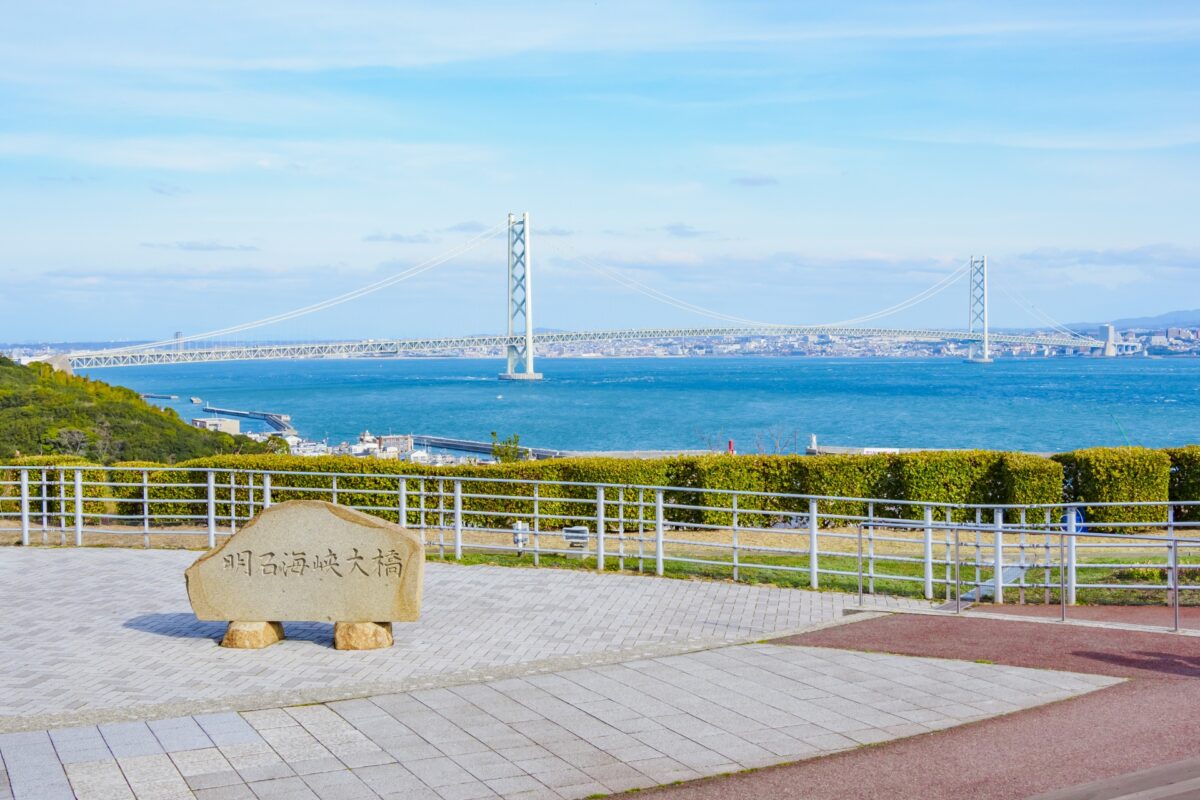
If you are in the mood for a long road trip between late spring and late autumn, the Bandai-Azuma Skyline in Fukushima is a perfect destination. As the name Skyline already suggests, the road is located at a higher altitude of up to 1622 meters. You will sometimes drive through the clouds and will pass by various landscapes that include forests that are especially spectacular in autumn, as well as volcanic landscapes. The Fudosawa Bridge has amazing views, and if you want to hike near an active volcano you should make a stop at Mt. Issai Kyosan.
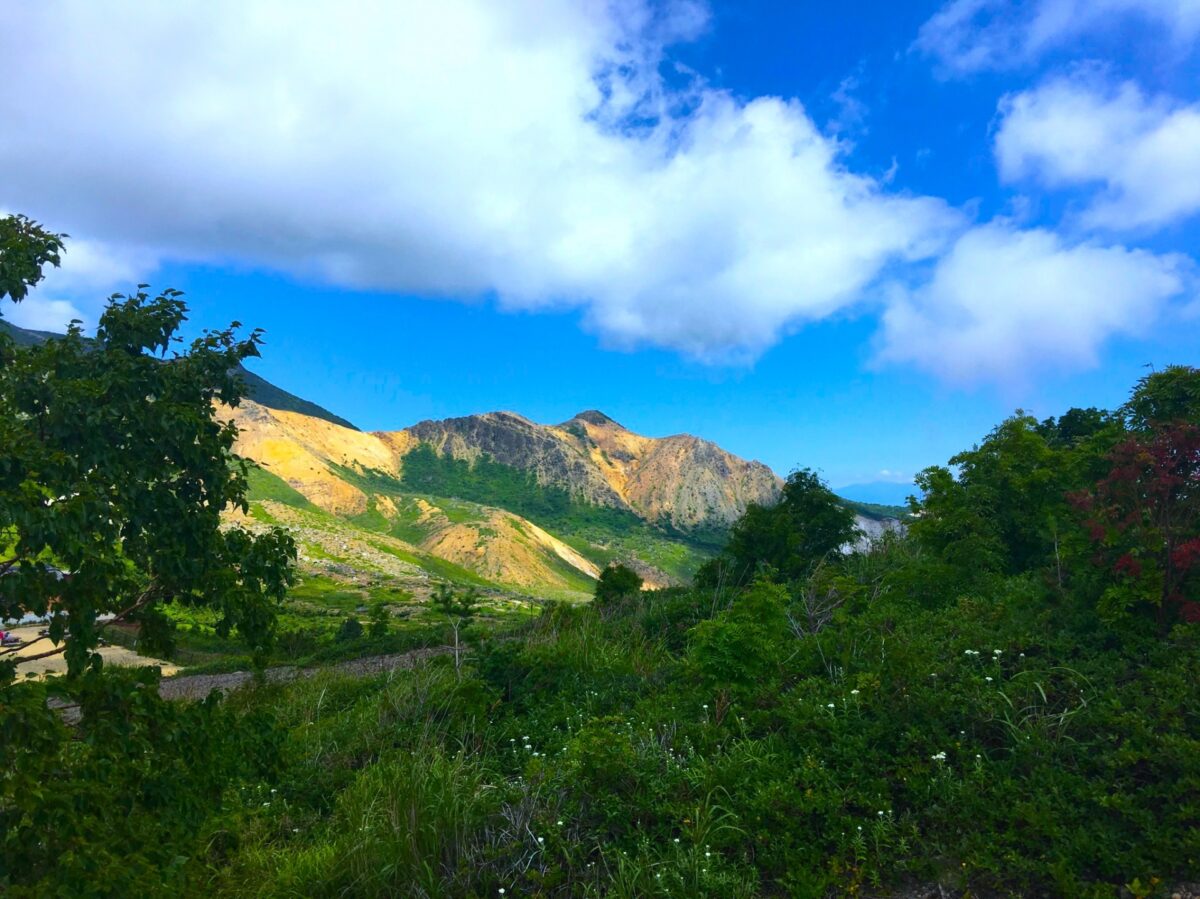
While you’re up in Fukushima, we highly recommend joining our Fukushima 2-Day Nuclear Power Plant Tour . This is a once in a lifetime tour that allows you to get some insight into the disaster, the current situation and progress that has been made, as well as exclusive access into the Nuclear Power Plant!
The northern island Hokkaido is famous for its wild natural beauty, and is therefore a much-loved destination for nature photographers. One of the best and easiest ways to get around the island is by car, and if you are looking for cool road trip destinations from Sapporo , Roller Coast Road and Patchwork Road are some of the best. Rollercoaster Road in the famous Furano and Biei area is a 2.5 km stretch of straight road that goes up and down like a rollercoaster. The wide views with the Tokachi-dake mountain range in the distance make it a thrilling ride! The Patchwork Road between National Routes 237 and 452 is also located in Biei and features country roads divided by colorful fields.
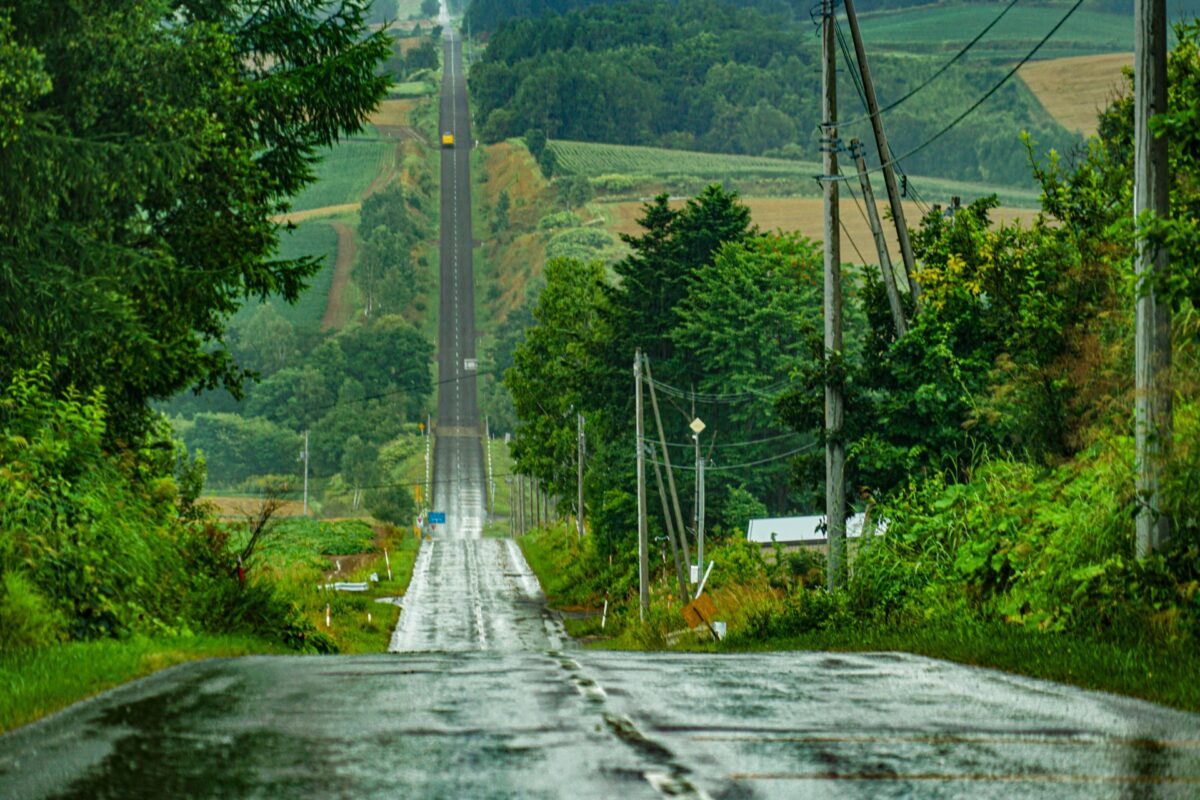
On the southwestern coast of Honshu in Yamaguchi prefecture you can find the Tsunoshima Ohashi Bridge that leads to the small but scenic island Tsunoshima . The views of the cobalt-blue and emerald green ocean are not unlike those in Okinawa , and on the other side of the bridge you can enjoy several white sandy beaches. The bridge is 1.5 km long so you will have plenty of time to admire the beautiful views.

Only a little over one hour away from Tokyo is hot spring resort town Hakone that is also famous for its lake views with Mt. Fuji in the background. The Hakone Hill Turnpike is a favorite among drivers of sports cars because of the many sharp turns and the very nice views of Mt. Fuji and Sagami Bay. You can even see marks on the road to show you what is the best line to take. The road ascends more than 1000 meters, and it will take you past forests, tunnels and bridges so there is plenty to take in while enjoying the drive.

There is so much to experience in Japan that it is sometimes hard to know where to start when you are planning your trip. Especially if you only have a few precious weeks here, you will want to make the most of every day. In that case, we can definitely recommend one of our fun and educational private tours! We offer tours in many cities in Japan including Tokyo , Kyoto , Osaka , and Kobe .
Japan Wonder Travel is a travel agency that offers guided tours throughout Japan. From private walking tours to delicious Food and Drink tours, we can help you organize the best tours just for you! If you want to explore Japan and learn more about the history and backstories of each area you are visiting, our knowledgeable and friendly English speaking guides will happily take you to the best spots! In addition, we can provide you with any assistance you may need for your upcoming trip to Japan, so please feel free to contact us if you have any questions or need some help!
▶ Tokyo Tsukiji Fish Market Food and Drink Tour Explore the most lively and popular fish market in Tokyo and try some of the local’s favorite street foods and sake with one of our friendly and knowledgeable English speaking guides!

▶ Tokyo 1–Day Highlights Private Walking Tour (8 Hours) There’s no better way to explore an area than taking a tour with a knowledgeable local guide. You will have the chance to learn about the history and interesting background stories of Tokyo, as well as discover some hidden gems which can be hard to do without a guide.

▶ Mt. Fuji Day Trip Bus Tour from Tokyo Experience the breathtaking views of Mt. Fuji by visiting the highlights of the area on our guided sightseeing bus tour! Departing from Shinjuku in central Tokyo, you can travel comfortably to all of the best spots in the area by bus.

▶ Kyoto Private Full Day Walking Tour On this full-day private tour of Kyoto, you will be able to see the highlights of Kyoto in just one day and at the same time develop a deeper understanding of both the culture of the area and Japan as a whole.

Follow us on Instagram , Facebook , Twitter , and TikTok for more travel inspiration. Or tag us to get featured!
Happy traveling!
Stay informed of the best travel tips to Japan, the most exciting things to do and see, and the top experiences to have with the Japan Wonder Travel Newsletter. Every week we will introduce you to our latest content.
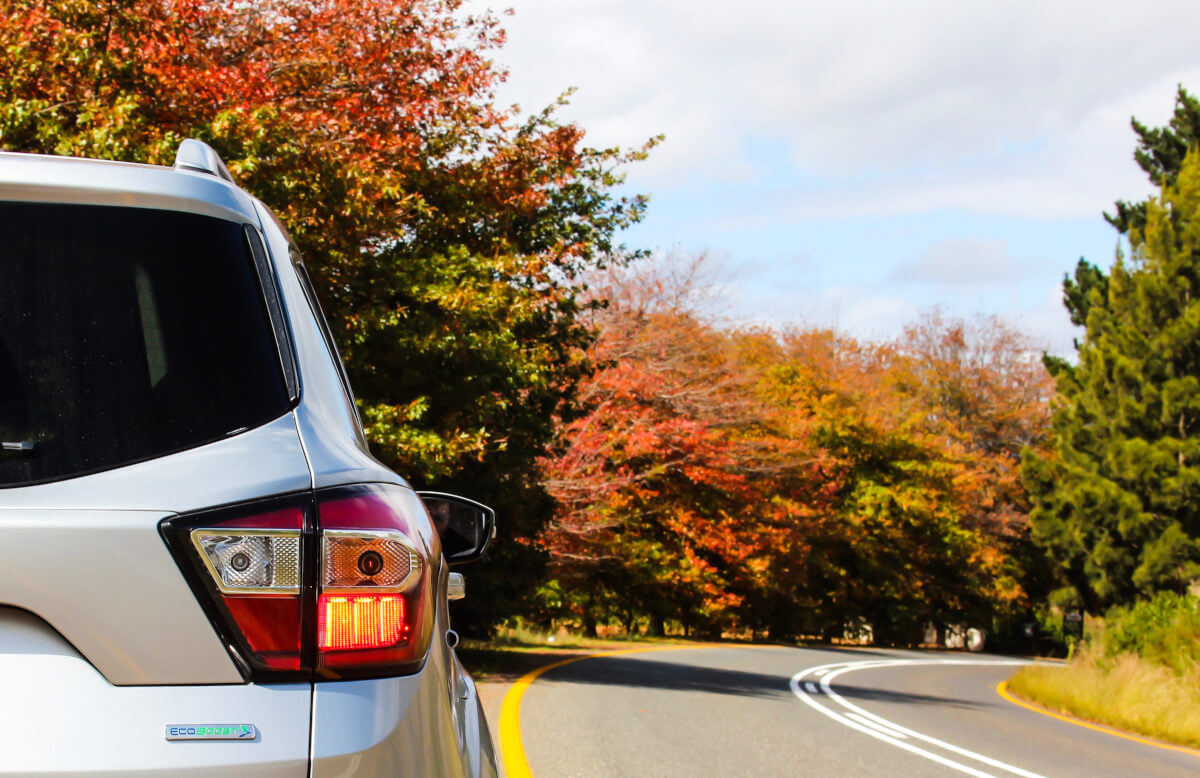
- Popular destinations
- Hidden places in Japan
- Tours and workshop
- Food and drink in Japan
- Itinerary in Japan
- Places to visit in Tokyo
- Food and drink in Tokyo
- Seasonal events
- Tours & workshops
- Tokyo This Week
- Day trip from Tokyo
- Itinerary in Tokyo
- Places to visit in Kyoto
- Food and drink in Kyoto
- Itinerary in Kyoto
- Day trip from Kyoto
- Travel tips
- Accommodation
- Cultural tips
- Transportation
- Tokyo Tours
- Kyoto Tours
- Kimono Rental
- Fukushima Tours
- Mount Fuji Tours
- Tour Package
- Media Kit(English/日本語)
Seven regions to visit by car in Japan 車で日本を巡る必見スポット
- Published on : 11/04/2017
- Add to favorites
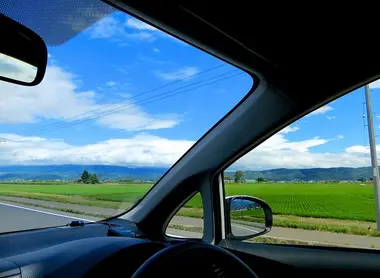
On the open road
Discovering Japan by car is easy, and lets you reach areas that are much further off the beaten track. Here's our selection of the regions to visit.
Simply enter the address into the GPS in your car, and discover a different side of Japan.
Called "navel of Hokkaido" for its central location on the island, Furano is a nice town to visit regardless of the season. Enjoy green pastures, beautiful landscapes, and lavender fields (in July). In winter, Furano becomes a popular ski resort. Taste its famous black squid ink cheese!
Access: 1-1 Yayoicho, Furano-shi, Hokkaido 076-8555
Just thirty kilometers from Furano, the heritage village of Biei is must visit for nature lovers: colorful landscapes, and fields that stretch to the distant horizon. Don't miss Shikisai no Oka, the "hills of seasonal color", where seven hectares of various flowers are planted, and the famous blue pond, Aoi Ike, named for its deep blue color.
Access: 4-6-1 Motomachi, Biei-cho, Kamikawa-gun, Hokkaido 071-0292
- Daisetsuzan National Park
Japan's largest national park covers an area of 220,000 hectares, and offers something for hikers and winter sports lovers! With fifteen volcanic peaks, including Mount Asahi (the highest at 2291 meters), it's known as "the roof of Hokkaido." The hiking trails aren't difficult, but can be long and tiring. Some roads are closed in winter, so check before traveling.
Access: Sounkyo, Kamikawa, Kamikawa-gun, Hokkaido 078-1701
Discover our suggested route Hokkaido: The Northern Loop
The Japanese Alps
A charming little town in the mountains, Tsumago lets you experience the atmosphere of ancient Japan. During the Edo period (1603-1868), Tsumago was an important post town located along the Nakasendo route between Tokyo, then Edo, and Kyoto. This once prosperous and cosmopolitan town fell into obscurity after the opening of the Chuo train line. Then in 1968 the village started a restoration program, and it's now considered the best restored postal town in the country. Don't miss Waki-Honjin, the main inn, the Nagiso History Museum, and the temples of Kabuto Kannon , dating from 1180, and Rurisan Kotoku-ji, founded in 1500.
Access: 2159-2 Azuma Kiso-gun, Nagano-ken, 399-5302
Another postal town along the Nakasendo, connecting Tokyo to Kyoto, Magome also retains its old charm. Tread in the footsteps of travelers of the Edo period (1603-1868), and explore the hiking trails of the Kiso Valley. The two inns in the village have been converted into museums.
Access: 4300-1 Nakatsugawa-shi, Magome, Gifu-ken, 508-0502
Noto Peninsula
Located on the northern coast of the Noto Peninsula, Wajima is famous for its morning market, asa-ichi, and for its traditional lacquerware. The market is held from 8:00 to 12:00 in the pedestrianised street in the town center. You'll find various products, such as fresh seafood and vegetables from local farms. You can also visit the Kiriko Matsuri Festival museum.
- Sojiji Temple
Opened in 1321 during the Kamakura period (1185-1333), the temple belongs to the Soto School of Buddhism. A fire in 1898 destroyed part of the building, so some functions were transferred to other temples. The buildings that survived the fire retain their splendor and shouldn't be missed: the warehouse, the mausoleum of the founder Dentoin Keizan and the entry of the Kannon.
Access: 1-18-1 Monzen monzenmachi, Wajima-shi, Ishikawa-ken 927-2156
- Chirihama Beach
Chirihama beach is on the coast of the Hokuriku region, facing the Sea of Japan. At forty kilometers from Kanazawa, the "Chirihama Nagisa Driveway" is a road that covers a distance of 8km between the cities of Hakui and Imaha. When the sand is wet from the tide, it hardens so that cars and even buses can drive along it.
Along the coast you'll find many small stalls selling grilled seafood, like hamayaki (grilled clams), as the area is well known for its shellfish .
Access: near the "Noto Satoyama Kaido" expressway ; Aomachi, Hakui, Ishikawa
- Myojo-ji Temple
Founded in 1294 by Nichizo, Nichiren's disciple, Myojo-ji is the head temple of all buildings. In Joroku-do, you can see a 5 meter high statue of the Buddha Shakamuni, dating from 1686. The Goju-no-to pagoda is the highest in the Hokuriku region , dating back to the Edo period (1603-1868). It is also the only five story pagoda all over the country with a tochibuki style roof, a technique using thick wooden shingles.
Access: Takidani machi, Hakui-shi, Ishikawa-ken 925-0002
- Kumano sanzan
The 'Kumano sanzan' refers to the three shrines of Kumano Hongu Taisha , Kumano Nachi Taisha and Kumano Hayatama Taisha. These shrines are designated UNESCO World Heritage sites as "Sacred Sites and Pilgrimage Routes in the Kii Mountain Range". The Kumano pilgrimage has been popular since the ninth century! Revered as a place of resurrection, the belief is that spirits come there to pray for happiness in future lives.
Access: 1110 Hongūchō Hongu Tanabe-shi, Wakayama-ken 647-1731
- Yunomine onsen
Discovered 1800 years ago, Yunomine onsen is one of the oldest hot springs in Japan. It has been part of the Kumano pilgrimage for 1,000 years! Pilgrims come and perform purification rituals in the natural hot water after a long day's walk, to prepare for a visit to one of the shrines.
Access: Hongucho Shimoyukawa Tanabe, Wakayama-ken 647-1732
Check out our self-drive tour A Shinto Pilgrimage ...
Found in the Tsurugi Mountain National Park, Iya Valley is one of the least explored regions of Japan. The Nana Magari , Seven Curves, is known as the most dangerous place in the valley. Perched 200 meters above the valley, a statue of a boy urinating was built to discourage people from testing their mettle in the mountains! Cross Iya Kazurabashi, the largest vine bridge in the valley . Suspended 14 meters above the Iya River, it's 45 meters long...
Spectacular scenery also awaits you in the valleys of Oboke and Koboke: the largest river in Shikoku, gushing from the rock of the mountains and flowing down to Ishizuchi Ehime, Kochi and Tokushima. Boke in Japanese means "dangerous"; O-boke being "big boke" and Ko-boke "small boke", it is said that the valleys were so named because of the shape of the rocks, creating the narrow passage leading to it.
Access: Nishiiyayamamura Tanouchi, Miyoshi, Tokushima-ken 778-0000
- Karst Plateaus
It's the erosion of limestone that created the karst plateaus of Shikoku. At 1,400 meters above sea level, the observatory is the best observation point: from here you can admire the rocks scattered in pastures among cows and sheep. In June and July, alpine flowers grow on the plateaus.
Access: Otsu Yoshiuno, Tsunocho, Takaoka-gun, Kochi 4921-22
See our Shikoku self drive tour Inside Shikoku's Soul
Yufuin spa town is located twenty kilometers from Beppu . Less known than its neighbor, it also has many onsen. In this green valley at the foot of Mount Yufu, also called Yufu-dake, it's not uncommon to hear the bells of surrounding temples ring. The hike to Mount Yufu takes only 90 minutes. Around Lake Kirinko you'll find a mixed-sex public bath, cafes and shops, and the small temple, Tenso Jinja.
Access: Yufuin-cho, Yufu-shi, Oita 879-5102
- Takachiho Gorge
Central to the mountains of Kyushu, in the prefecture of Miyazaki, Takachiho is a mystical village set in a beautiful natural landscape. Crossed by the Gokase-gawa River, the area is known for its gorges created by lava flow from Mount Aso.
The waterfall Manai no Taki is 17 meters high, and one of the main attractions. Take a walk 600 meters over the Gokase-gawa, from where you can admire the banks lined with cherry blossoms during springtime. In summer, azaleas and wisteria color the landscape, and don't miss the fall leaves, Koyo .
Yakushima is a subtropical island, home of the ancient cedars, and attracts keen hikers. At the heart of the forest lies Jomon-sugi , a huge cedar tree that is said to date from the Jomon era (15 BC, 000-300). Please note that the road that leads there is closed to vehicles from March to November (except for the Arakawa Bus, 850 yen ($7.60)). Yakushima turtles , umigame , nest on the beaches of the island from May to July.
Discover our suggested route Kyushu, the Magnificent Green Route
- The island of Ishigaki-jima
Okinawa is the main island of the Yaeyama Islands, located south of Naha. Covered by mountains, including Mount Omoto-dake, rising to 526 meters above sea level, it's best known for its coral reef. Local say Kabira Bay is the place where the water is clearest in Okinawa.
From Ishigaki, you'll have access to other islands in the archipelago, such as Taketomi and Iriomote .
To travel the area easily, rent a car at the airport of Ishigaki-jima.
Latest Articles
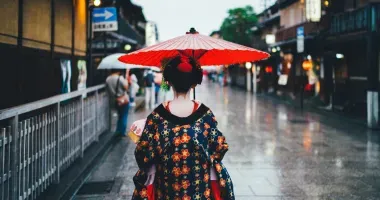
What to do during the rainy season?
Japan, with its well-defined seasons, has a special period called tsuyu or rainy season , which generally runs from early June to mid-July

Japanese giant salamander: The fascinating endemic amphibian of Japan
The Japanese giant salamander (Andrias japonicus) is an incredible amphibian species endemic to Japan.

The sika deer : A fascinating species native to East Asia
The sika deer (Cervus nippon) is a captivating species native to much of East Asia, including Japan, Taiwan, eastern China, Korea, and parts of Russia.
All the themes of the city

Japanese Food and Drink

Books on Japan

Japanese Movies

Japanese Language

Japanese History

Understanding Japan

Before you Travel
Please select your country on the list below:
- Switzerland
- United Kingdom
- Other countries

Japan Route Finder & Calculator
Find the best route including bullet train, bus, airline, and taxi. Compatible with your railway pass. Plan your trip by calculating the train cost and distance. Check the train schedule. View the route on a map. Know which station to transfer, which exit to go out.
Often Used Routes
Japan travel tips.
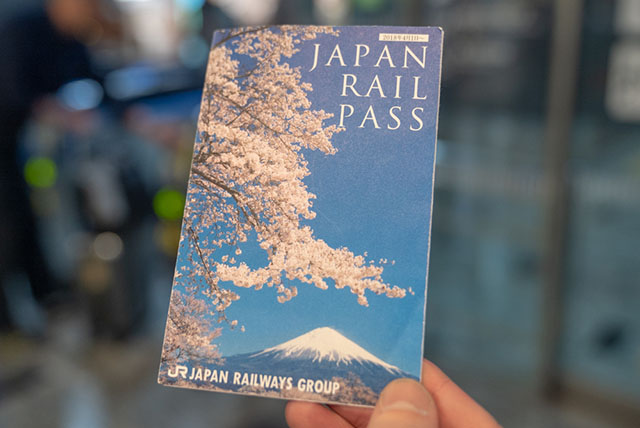
Was the information on this site useful?
Insufficient content
Thank you for your response. We will continue to strive for improvement in quality.
プライバシーポリシー ・ 利用規約 に同意の上、ボタンを押してください。
ログイン(無料)すると より便利に利用できます
Change password
- Tours & Experiences
- Tailor-made Trips
- Bahasa Indonesia
We are happy to see you again!
Continue with
Or use email.
No Account? Create one
Create account
Already have an account? Sign in
Quickly Sign up with
I agree to Japan Travel's Terms of Service and Privacy Policy . Terms of--> and acknowledge that Japan Travel's Privacy--> applies to me.-->
Email reset password link
Please check your inbox and click the link we will send to you.
5 Museums for Car Lovers in Japan
Appreciate all things automotive at these 5 unique spots

If you're an automobile aficionado, there are a range of fantastic museums across Japan where you can learn more about cars and see many models up close. Here are five of the best car-related museums from across the country, and some information on what you'll find at each venue.
Shikoku Automobile Museum, Kochi
Opened back in 1990, the Shikoku Automobile Museum in Kochi is home to a range of domestic and international car models, with a specific focus on race cars and classic cars. For fans of things on two-wheels, there's also a sizeable collection of motorbikes. Some of the car models on display include the likes of Ferrari, Lamborghini, Alfa Romeo, and Cobra to name just a handful.
896 Otani, Noichicho, Konan City, Kochi Prefecture 781-5233
Motorcar Museum of Japan, Ishikawa
The Motorcar Museum of Japan is located in Ishikawa Prefecture, and boasts an impressive collection of around 500 different vehicles. There are Japanese, European, and American models at the venue, with many of them being extremely rare. One of the most noteworthy cars on display is the Rolls-Royce that transported Princess Diana during her visit to Japan.
40 Ikkanyama, Futatsunashimachi, Komatsu, Ishikawa, 923-0345
Toyota Automobile Museum, Aichi
Possibly the most well-known of Japan's car-related museums, the Toyota Automobile Museum aims to highlight the evolution and culture of automobiles from around the world. The museum prides itself on the fact that the vehicles here are pristinely maintained, and almost all of them are still in roadworthy condition. Free guided tours are also available in English at the museum, making it easy for those who may not speak Japanese.
41-100 Yokomichi, Nagakute, Aichi 480-1118
Honda Collection Hall, Tochigi
The Honda Collection Hall in Tochigi spans three floors, with sections dedicated to regular and racing motorcycles, racing cars, and car parts. There's also a reading room which has a wide variety of car-related books, videos, and pictures to peruse, and the museum shop has a host of limited edition goods that you can't find anywhere else - perfect for collectors!
120-1 Hiyama, Motegi, Haga District, Tochigi 321-3533
Nissan Engine Museum, Kanagawa
The Nissan Engine Museum is located in Yokohama, and has a range of displays including historic engines and vehicles. There are 28 different engines on display, each of which had an important role in Nissan's engine development. The engines are grouped into "eras", such as engines from the 1960s and 1970s when full-scale motorization began in Japan, and engines from the 1980s and 1990s when Japanese automobile production grew rapidly.
2-番地 Takaracho, Kanagawa Ward, Yokohama, Kanagawa 220-8623
- Share on Facebook
- Share on Twitter
- Copy link to share
Japan Travel Staff

Top Articles
- Recommended


Two New Demon Slayer Attractions Are Opening at Universal Studios Japan

Anime Museums in Tokyo

A Tale of Two Temples

Cicada Sake and Teahouse

Sake at the Foot of Mount Fuji

A Quaint Ride on the Nagaragawa Railway

SpongeBob Cafe “CAFE Secret Recipe” is Opening for a Limited Time in Shibuya

Experience the Sansha Taisai Festival!

Cafe Gallery Doka Doka in Onna

The Bridge of Dreams

Guide to Bringing Medicines Into Japan

Your Name: Real-Life Locations in Tokyo

Sanja Matsuri

Hachiko Statue in Shibuya

Gion Matsuri

Shibuya Crossing

Japanese Urban Legends

Daikoku Car Meet

Guide to Suica Cards

Iwatayama Monkey Park
More from this category, your name: real-life locations...
By Jianne Soriano
By Kylie Plester
By Ignatius Koh
By Japan Travel
Join the discussion

Let us know how we can help.
Help us improve JapanTravel.com
We welcome any suggestions regarding this content. Your feedback is confidential and will be used to help improve this page.
Suggest an edit
https://en.japantravel.com/guide/5-museums-for-car-lovers-in-japan/64569
Thank you for your support!
Your feedback has been sent.
Itinerary Ideas
Nationwide itineraries.
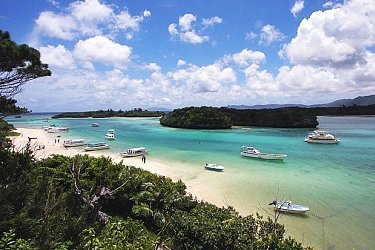
Regional Itineraries
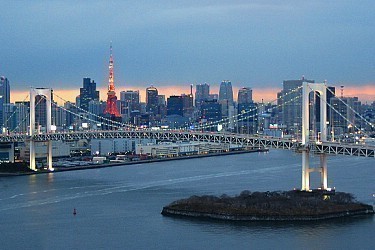
Local Itineraries
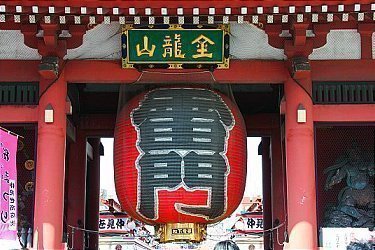
Questions? Ask in our forum .


The Ultimate Japan Itinerary for First-Timers: From 1 to 3 Weeks

I’ve yet to meet a traveler who didn’t love their time in Japan . It’s just one of those countries that everyone loves. How can you not? The food is carefully crafted and delicious; the history and culture are both rich and long; the landscape breathtaking; and the people super friendly and polite.
Japan remains one of my favorite countries. No matter how long I visit, it’s never enough. I always leave wanting more.
But the country always seems forbidding to many travelers. It definitely still has that “exotic” stereotype that makes people think it’s hard to travel around.
Where should you go? What should you include in your Japan itinerary? Should you buy a JR Pass to help you get around?
To help you out, here are a few suggested itineraries based on my years of visiting that will ensure you see the best sites on your Japan trip — as well as get off the beaten path and get a real sense of Japanese culture!
Table of Contents
Japan Itinerary: Know Before You Go
Japan itinerary: one week, japan itinerary: two weeks, japan itinerary: three weeks.

Just be sure to get one BEFORE you go as you cannot purchase them on arrival. For more information on the pass, including how much they cost and how you can get one, read this blog post . It has everything you need to know!
Mobile Data in Japan In Japan, English isn’t widely spoken (especially outside of the major cities) so having access to the internet is vital for checking addresses, using translation apps, and looking up things to see and do. The easiest way to get data is through an international eSIM for Japan .
An eSIM allows you to access mobile data via a QR code so you can have internet wherever you are, without worrying about physical SIM cards or roaming charges. This will save you a lot of time and hassle when using apps like Google Maps, Google Translate, Instagram, and YouTube. It will also come in handy for checking menus at restaurants (since they are rarely in english).

Day 1 & 2: Tokyo Chances are you’ll be starting your trip in Tokyo , since it’s home to the country’s biggest international airport. If your trip is seven days long, activate your JR Pass right away, so that you can take advantage of the free JR trains that run through the city.
While you could easily spend your entire week in Tokyo and not get bored, here are some of the highlights:
Visit the fish market – In 2018, Tokyo’s main fish market moved to Toyosu, which is twice the size of the old one, Tsukiji, making it the largest in the world. While a lot of good restaurants moved too (Sushi Dai being the most famous), I find the place itself very stale, since you can no longer wander the floor (you look down via a walkway above; you also need a visitor’s pass to enter).
The old outer market in Tsukiji is still great though, and you can still find food and stores there too. You can wander alone and just eat and shop until you can’t anymore! Most businesses open at 6am, so it’s a perfect place to go in the morning when you wake up early because of jet lag. Food and drink tours of the Tsukiji Outer Market are available for around 13,500 JPY.
See Sensoji Temple – Sensoji is beautifully painted and sits in a scenic spot near a five-story pagoda and the famous Kaminari Gate. There’s a huge statue of Kannon, the goddess of mercy, inside the main hall. It’s always busy but is worth seeing with your own eyes. The temple is free to visit.
Drink in Golden Gai – This alleyway of back-street bars is a lively place to drink at night and has a bit of a red-light-district feel to it. It is not to be missed. Even if you don’t drink, be sure to wander about. Arigato Tours offers tours of the area where you’ll learn about the neighborhood while stopping to sample Japanese classics like sushi, yakitori, and ramen. Tours are 23,900 JPY and include a drink and dishes at four food stops.
Visit the Imperial Palace – When the emperor moved from Kyoto to Tokyo in 1869, he took Edo for his new residence and renamed it Tokyo. Though you can’t go inside (or get very close), the building is amazing. It is surrounded by lovely grounds and a park, and there’s a moat around the stone walls. You can also see the changing of the guard, though it’s a relatively low-key and unassuming ceremony.
Watch a sumo match – Kokugikan, Japan’s most famous sumo arena, hosts tournaments three times each year. The wrestling that we see today dates to the 17th century, though its origins go back even further, and it’s still one of the most popular traditions in the country. If you’re in town at the right time, this is a must-do! Tickets sell out quickly, so act fast. You can book a ticket online here (you’ll be accompanied by a guide too, so you can learn more about the tradition as it unfolds before your eyes).
If you have more time, consider taking a day trip to Kamakura to see the giant Buddha statue (Daibutsu). It is over 13 meters (42 feet) tall and dates back to the 13th century. The journey is around 90 minutes each way — and free with the JR Pass !
For delicious food, some of my favorite bars and restaurants include: Uogashi Nihon-Ichi (Standing Sushi Bar), Nemuro Hanamaru KITTE Marunouchi, Motodane, Tokyo Whisky Library, Ichiran Shibuya, and Uohama.
WHERE TO STAY IN TOKYO : Hostel Chapter Two – A small, family-run hostel not far from Skytree Station in Asakusa. I really like the shared kitchen and common room, as there’s a real social feel to them.

With its beauty come lots of crowds though, so try to visit outside of the busy summer months. Even with lots of tourists, though, the city is still magnificent and has a lot to offer. Some things to see and do that you shouldn’t miss are the following:
Visit the Golden Pavilion – This famous (and picturesque) temple dates to the 1950s, when a monk burned down the previous temple (from the 14th century) while trying to commit suicide. It’s a UNESCO World Heritage Site and one of the most-visited destinations in the country!
Explore Gion – Gion, the historic geisha district, is renowned as being one of the most iconic and atmospheric areas of town. It’s known for its traditional wooden machiya houses, narrow alleyways, cobblestone streets, and preservation of geisha (known locally as geiko) culture. Lining the main street are ochayas (teahouses where geishas entertain), small shops, and many restaurants, ranging from upscale kaiseki restaurants serving traditional Kyoto cuisine to casual eateries.
To really learn more about this amazing party of town and its past, take a walking tour of Gion . You’ll learn a ton and get a lot of context. They cost around 1,800 JPY.
Wander in the Bamboo Forest – For a relaxing break, head to Arashiyama and let the dense and towering stands of bamboo envelop you. Located near the famous Tenryu-ji temple, it’s one of the most beautiful places in the entire country. It’s not that big, but there are some hidden areas to explore. Just make sure to arrive early if you want to enjoy it without the crowds (it fills up fast after sunrise).
While there, I would also recommend visiting the Okochi Sanso Garden, which (along with the home) belonged to the famous Japanese actor Denjir? ?k?chi (1898–1962). It’s not free (it’s 1,000 JPY), but it’s really nice and has some wonderful views.
Admire Ryoan-ji temple – This is my favorite temple in Kyoto. Originally established in 1450 as a residence for a high-ranking samurai, it was soon converted into a Zen temple and is now a UNESCO World Heritage Site, with a mausoleum that houses the remains of seven emperors. Its traditional rock and sand garden is considered one of the best in the country. There’s also a teahouse where you can experience the traditional Japanese tea ceremony ( chanoyu ) as you overlook the Kyoyochi reflecting pool.
Wander the Nishiki Market Nishiki Ichiba is now one of the biggest indoor markets in town. Known as “Kyoto’s Kitchen” and spanning over five blocks, it is full of vendors selling traditional dishes from the region, classic Kyoto souvenirs, and really just about anything else. There are over a hundred stalls here, many of which have been in the same family for generations. Opening hours depend on the shop but are typically from 9am to 6pm.
To dive deeper into Japanese food culture, you can take a food tour of the market . It’s the best way to learn about all the food you’ll see, as well as the market’s history.
For a half-day trip, you can also visit Nara. It’s a small city just one hour from Kyoto. Nara was the capital of Japan in the eighth century, so there are lots of buildings and temples here that are upwards of a thousand years old (which is rare in Japan, due to fires, as well as World War II). But the real draw in Nara are the deer.
Since the 17th century, those in and around the city have been considered sacred. You can buy crackers to feed them or just watch them stroll around carefree. A guided half-day walking tour that includes all of Nara’s highlights as well as a traditional lunch is 11,500 JPY.
While you’re here, don’t miss a visit to Todai-ji. It’s the world’s largest wooden building and is home to a 16-meter (52-foot) Buddha statue. It was built in 738 CE and is now a UNESCO World Heritage Site. Admission is 600 JPY.
WHERE TO STAY IN KYOTO : Backpacker Hostel K’s House – A fun, social backpacker hostel in a great central location. The rooftop terrace is a cool spot to hangout and meet other travelers after a day of exploring.

Don’t miss Osaka Castle though. While it’s not the original (this version dates to 1931), it’s nevertheless an impressive sight. It’s home to a small but insightful museum and an observation deck that offers some picturesque city views.
And be sure to stroll down Dotonbori (ideally at night), the main street, which is lined with restaurants, stores, and tons of neon lights and signs. A guided walking tour that includes Dotonbori as well adjacent neighborhoods is 6,500 JPY.

Today, Hiroshima is thriving . Don’t miss the Atomic Bomb Museum, which depicts the history of the city before and after that fateful day. It has photos, artifacts, videos, and information about the effect of radiation on the population. It’s a sobering experience but one that should not be missed.
If you feel like getting out of town afterward, head to Miyajima , an island that offers a place to hike and enjoy nature. You can also take a cable car to the peak of the mountain to take in the view. A one-way ferry ride to the island takes 10 minutes and is free to JR Pass holders.
WHERE TO STAY IN HIROSHIMA : Roku Hostel – A cozy, small hostel with a rustic atmosphere and design. It feels like you’re staying with a friend here, and the beds are super comfy too.

If you like history, don’t miss the Hida Minzoku Mura Folk Village, home to a collection of traditional thatch-roof houses that you can enter to further immerse yourself in the country’s past.
This city (and region, really) is famous for its Hida beef, a high-fat variety that’s even better than any A5 Wagyu you might have. It just melts in your mouth. Be sure to have some while you are here!
The Japanese Alps are not far from here as well, so if you love hiking and want to extend your time in the region, head to Kamikochi for a day hike or overnight trip. It’s just an hour away and has both easy and moderate trails, which are open from April to November. Hiking trails can also be found in Hakusan National Park (also just one hour away by car).

One of the more unique temples in Japan is here too: Ninja (Myoryuji) Temple. While the temple wasn’t home to actual ninjas, Myoryuji was built as a defensive structure (strict laws forbade local lords from building defenses, so they were hidden in the temple to circumvent the rules). These include hidden rooms, secret tunnels, and a maze of staircases and halls to confuse enemies.
If you need a break from exploring cities, Hakusan National Park, home to Mount Haku, one of the three holy mountains, is just an hour south of town.

If you’re here in April, there are incredible cherry blossom displays that are famous in the region. And, just like Takayama, Matsumoto is close to the Japanese Alps, so you’re just a stone’s throw from some of the best hiking in the country.

There are tons of hotels (both modern and traditional) that have their own hot springs (often both indoors and outdoors). It’s the perfect place to wrap up a trip, relax, and take in the views.
In addition to getting a copious amount of R&R, be sure to ride the cable car up the mountain for even more amazing views. The area is surrounded by craters from an inactive volcano that erupted 80,000 years ago (not to be confused with nearby Mount Fuji, which is an active volcano), and you’ll find lots of vendors at the top selling eggs cooked in the sulfurous waters. It’s said the eggs prolong one’s life by seven years, so feel free to give them a try!
If you prefer to hike up instead, the trail is open between July and September, with the trek taking anywhere from 5 to 12 hours, depending on your level of fitness. Typically, hikers leave at night in order to arrive at the summit by dawn. There are little shops along the way that sell food and even beds you can rent in advance if you want to split your journey up. Just make sure you do your research and prepare in advance as it’s a tough hike!
If you really want to play tourist, you can also ride a mock pirate ship around the lake for more views of the mountains, and Mount Fuji in particular.
Full-day tours around Hakone that include all the main sights cost 14,800 JPY.
WHERE TO STAY IN HAKONE : Hotel Green Plaza – With gorgeous views of Mount Fuji, a huge buffet dinner (with both Western and Japanese options), and a private onsen where you can relax and enjoy the view, this is one of the best places to stay in Hakone if you want value but don’t want to break the bank.

Using the suggestions above, here’s how I would organize your itinerary:
- Days 1-3 : Tokyo
- Day 4 : Mount Fuji or Hakone
- Day 5 : Takayama
- Days 6 & 7 : Kanazawa
- Days 8 & 9 : Matsumoto
- Days 10-12 : Kyoto
- Days 13 & 14 : Osaka
- Days 15 & 16 : Hiroshima

If you do want to spend a few hours in Hakodate, don’t miss the Morning Market, where you can find lots of fresh seafood. You can also visit Fort Goryokaku, the first “Western”-style fort in the country.

Be sure to stop in at the local Beer Museum too, owned by Sapporo Breweries (the oldest beer company in the country). It showcases the history of beer in Japan and how the business got its start. If you’re a whiskey fan, stop by The Bow Bar, home to some rare (and expensive) whiskeys and considered one of the best such bars in the world.
What I love about the city is its location. This region has some of the best hiking in the country. There are plenty of hills and mountains, offering options for both day hikes as well as overnight trips. Some highlights include Mount Me-akan, Mount Asahim, Mount Mashu, and Nishibetsu-dake. For the best views of the city, head to Mount Moiwayama. It’s just a 30-60-minute hike to the top, though there is a cable car you can take as well.
And if you’re visiting in the winter, hit the slopes! There are over a hundred ski resorts in Hokkaido. You can rent skis (or a snowboard) for around 10,000-18,000 JPY. Lift prices are usually 4,000-6,000 JPY per day. In the winter, don’t miss the annual Sapporo Snow Festival. It’s held every February and draws over two million visitors. There are ice sculptures, igloos, live music, and delicious local foods on offer.
Additionally, be sure to take a day trip to Otaru, where you’ll find some of the freshest uni in the whole country (this is the main area where the famed Hokkaido uni is caught). Go hungry and visit the markets, stalls, and shops around there.
WHERE TO STAY IN SAPPORO : Waya Hostel – This is a laid-back, colorful hostel with a social atmosphere that makes meeting people a breeze. It has a homey, DIY feel and is perfect for budget travelers looking for a no-frills place to crash.

There is a ton to see and do in Japan , and you could easily spend another month here and still just scratch the surface (we didn’t even get to Okinawa and the islands!). And while these itineraries are a bit fast-paced, Japan isn’t cheap, so budget travelers need to move around the country quickly to avoid breaking the bank.
But no matter how long you visit, you won’t be disappointed. Japan is an amazing, beautiful, and unique destination that I never get tired of visiting. While it’s not as affordable as its neighbors, there are still plenty of ways to save money , and it’s definitely worth spending the time (and money) visiting. You won’t be disappointed!
Just make sure to get your Japan Rail Pass before you go!
Book Your Trip to Japan: Logistical Tips and Tricks
Book Your Flight Find a cheap flight by using Skyscanner . They are my two favorite search engines, because they search websites and airlines around the globe, so you always know no stone is left unturned!
Book Your Accommodation You can book your hostel with Hostelworld as they have the most comprehensive inventory so they are best for booking a hostel. If you want to stay in a hotel or guesthouse in Japan, use Booking.com as it consistently returns the cheapest rates for guesthouses and hotels.
Don’t Forget Travel Insurance Travel insurance will protect you against illness, injury, theft, and cancelations. It’s comprehensive protection in case anything goes wrong. I never go on a trip without it, as I’ve had to use it many times in the past. My favorite companies that offer the best service and value are:
- Safety Wing (best for everyone)
- Insure My Trip (for those over 70)
- Medjet (for additional evacuation coverage)
Looking for the Best Companies to Save Money With? Check out my resource page for the best companies to use when you travel! I list all the ones I use to save money when I travel — and I think they will help you too!
Be sure to check out the Japan Rail Pass if you’ll be traveling around the country. It comes in 7-, 14-, and 21-day passes and can save you a ton of money!
Looking for More Travel Tips for Japan? Check out my in-depth Japan travel guide for more ways to save money; information on costs; tips on what to see and do; suggested itineraries, reading, and packing lists; and much, much more!
Hi, I’m Nomadic Matt, the New York Times best-selling author of How to Travel the World on $50 a Day and Ten Years a Nomad, as well as the founder of this website! And I’m here to help you save money on your next trip.
Got a comment on this article? Join the conversation on Facebook , Instagram , or Twitter and share your thoughts!
Disclosure: Please note that some of the links above may be affiliate links, and at no additional cost to you, I earn a commission if you make a purchase. I recommend only products and companies I use and the income goes to keeping the site community supported and ad free.
Related Posts

GET YOUR FREE TRAVEL STARTER KIT
Enter your email and get planning cheatsheets including a step by step checklist, packing list, tips cheat sheet, and more so you can plan like a pro!

Everything you need to know about getting around Tokyo

Mar 23, 2024 • 11 min read

People are always on the move in Tokyo and there are many transportation options to get around the city © JohnnyGreig / Getty Images
Given that Tokyo is the most populated city on earth, it needs a transport system that's up to the task of moving millions of people around daily.
Fortunately, the public transportation in Japan's capital is efficient, reliable, clean and generally safe – it makes getting around the region a breeze.
Of most use to travelers is the train and subway system, which is simple to navigate thanks to English signage and color-coded lines – even if some large stations, most notably Shinjuku, can be a maze for the uninitiated.
But don’t feel obliged to use trains for every journey. Despite unpredictable traffic patterns, buses tend to be equally punctual and can be useful for short journeys in quieter suburbs.
Tokyo’s relatively flat topography also means cycling and walking don’t require too much of a sweat, and allow you to explore neighborhoods you’d otherwise bypass on the underground.
And if you want to combine your commute with sightseeing, take to the river on one of Tokyo’s beetle-like water buses, which travel between mainland Tokyo and the reclaimed islands of Tokyo Bay. This is everything you need to know about getting around Tokyo.
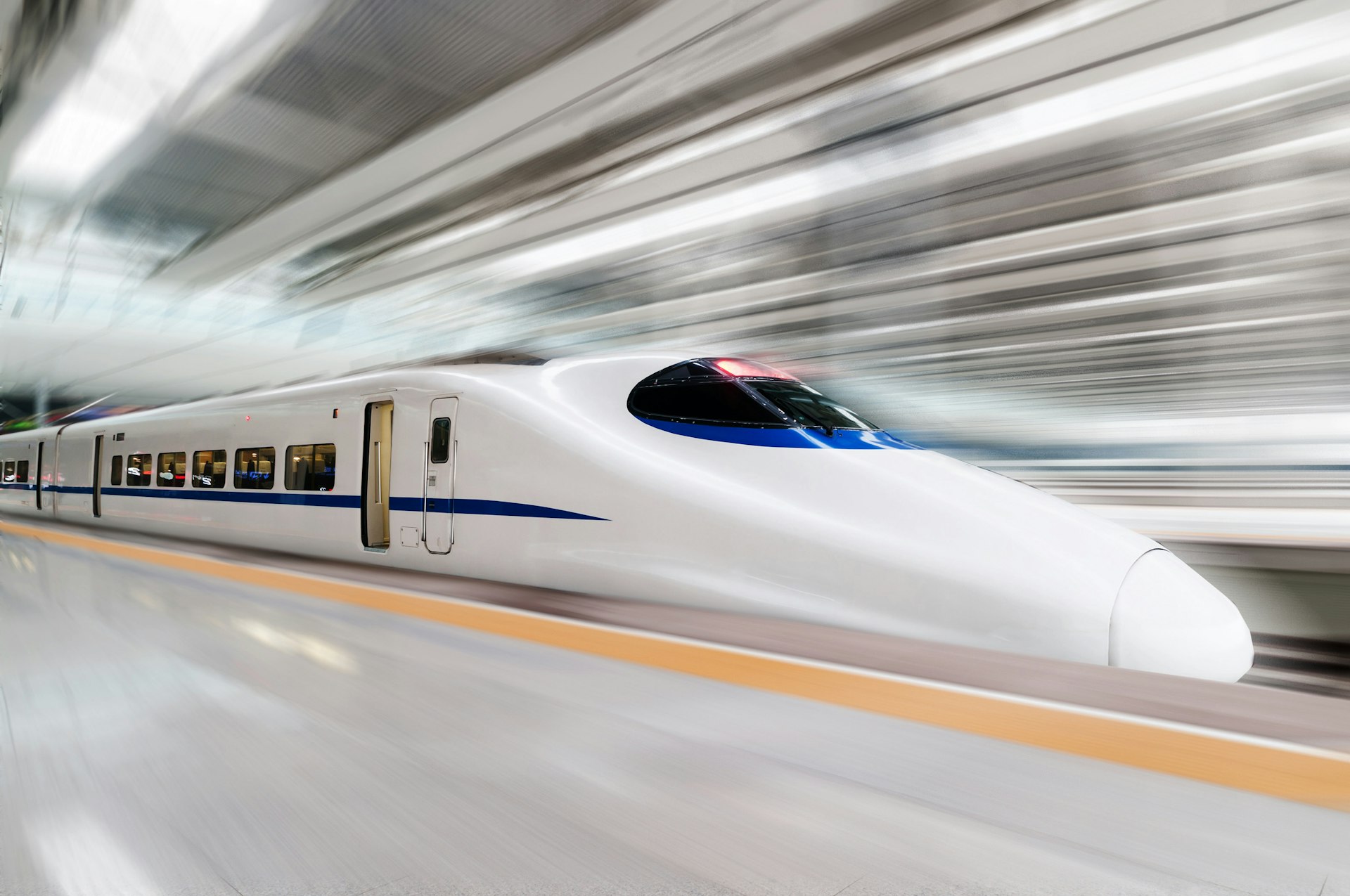
Tokyo's trains and subway system get you around quickly
Tokyo’s extensive rail network includes Japan Railways (JR) lines, a subway system and private commuter lines that depart in every direction for the suburbs like spokes on a wheel. Journeys that require transfers between lines run by different operators cost more than journeys that use a single operator’s lines.
Major transit hubs include Tokyo, Shinagawa, Shibuya, Shinjuku, Ikebukuro and Ueno stations — all connected via the JR Yamanote Line that circles the Imperial Palace , Tokyo’s central point.
Trains arrive and depart precisely on time and are generally clean and pleasant, though they get uncomfortably crowded during rush hours and late at night (for a short window in the morning and early evenings, many trains have women-only carriages).
The city's trains stop running between midnight and 5am (give or take an hour, depending on the line) while many bars, clubs, karaoke rooms and izakaya (gastro pubs) remain in business until the wee hours or even 24/7. It's wise to check when your last train departs or be prepared to find another (more expensive) means of transport home.
The JR network covers the whole country and includes the Shinkansen (bullet train). In Tokyo, the above-ground Yamanote (loop) and the Chūō–Sōbu (central) lines are the most useful. Tickets start at ¥180 and go up depending on how far you travel.
Tokyo has 13 subway lines, nine of which are operated by Tokyo Metro and four by Toei . The lines are color-coded, making navigation fairly simple – although a transfer ticket is required to change between the two networks.
A Pasmo or Suica card makes this process seamless, but either way a journey involving more than one operator comes out costing slightly more. Fares depend on the distance traveled.

Grab a transport pass for seamless travel in Tokyo
Referred to generally as IC cards or IC passes, prepaid rechargeable Suica and Pasmo cards work on all city trains, subways and buses (you can also use passes purchased in other regions of Japan, such as the Icoca from western Japan or the Kitaka from Hokkaidō).
Buy these from any touch-screen ticket vending machine in Tokyo (including those at Haneda and Narita airports); most have an English option and the cards are interchangeable. JR stations sell Suica, and subway and independent lines sell Pasmo.
Both require a ¥500 deposit, which is refunded (along with any remaining balance) when you return the pass to any ticket window. Passes can be topped up at any touch-screen ticket-vending machine (not just, for example, at JR stations for Suica passes) in increments of ¥1000.
Unfortunately, a shortage of chips has resulted in a supply failure of the physical cards and they're now hard to find in Tokyo. iPhone users can use a digital IC card through their Apple Pay function and there are tourist-specific cards available at the airports.
These have a much shorter expiry date than the regular cards – 28 days versus 10 years. If you still have an IC card from your last trip to Tokyo, it will work fine if it's less than 10 years old.
If you’re planning a packed day, you might consider getting an unlimited-ride ticket. The Tokyo Subway Ticket allows unlimited rides on both Tokyo Metro and Toei subway lines, with 24-hour, 48-hour and 72-hour options available.
This pass is only available to foreign travelers on a tourist visa; you’ll need to determine whether the trains you plan to use will be largely JR or metro to get your money’s worth.
Using IC cards is simple: just run them over the card readers at the ticket gates upon entering and exiting. Fares for pass users are slightly less (a few yen per journey) than for paper ticket holders.
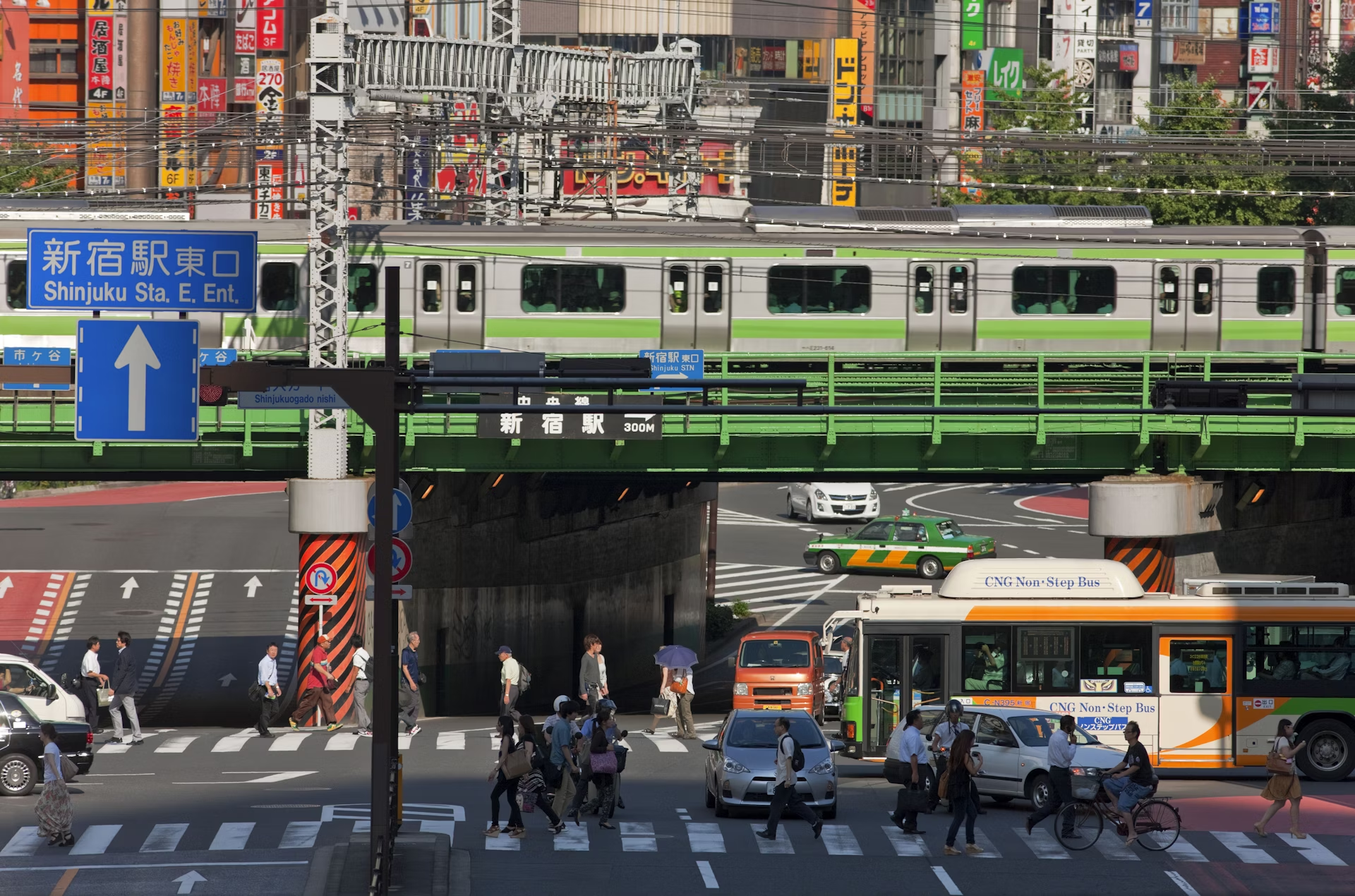
See more of Tokyo on a bus
Toei runs an extensive bus network in Tokyo, though it’s only more convenient than the subway when you’re in the outer suburbs or making short inner-city jaunts. A particularly useful bus, the number 06, connects Shibuya , Hiroo and Azabujuban – three popular cosmopolitan neighborhoods.
Fares are ¥210 for adults and ¥110 for children; there are no transfer tickets. Pay by IC pass or deposit your fare into the box as you enter the bus – if your pass is out of credit, you can charge it at the front of the bus (the word for “charge” is cha-ji).
There’s also a change machine by the driver’s seat that accepts ¥1000 notes. Most buses have digital signage that switches between Japanese and English; otherwise, listen for your stop. Signal the bus to stop in advance of the approaching stop by pushing one of the buttons near your seat.
Japan is a global leader in hydrogen energy, one of the world’s cleanest energy sources, which emits only wastewater (even if some question the technology’s cost-effectiveness).
Some 85 hydrogen fuel cell buses have been in operation since March 2021, traveling primarily between Tokyo Station and the Tokyo Big Sight convention center in Ariake, while passing through the popular Yurakucho, Ginza and Tsukiji neighborhoods.
The local government is aiming to have more than 300 hydrogen buses in operation by 2030.
Get a fresh view from a water bus
Tokyo’s “water buses” look like robotic beetles skimming across the placid waters of its eastern river networks.
Thanks to their glass-walled exteriors, they’re a great option for taking in the sights of Tokyo Bay while traveling between Asakusa and the likes of Odaiba, Toyosu and Hama-rikyū Gardens .
Journeys will cost between ¥280 and ¥2600, depending on distance, and are generally more comfortable than their terrestrial public transport counterparts.
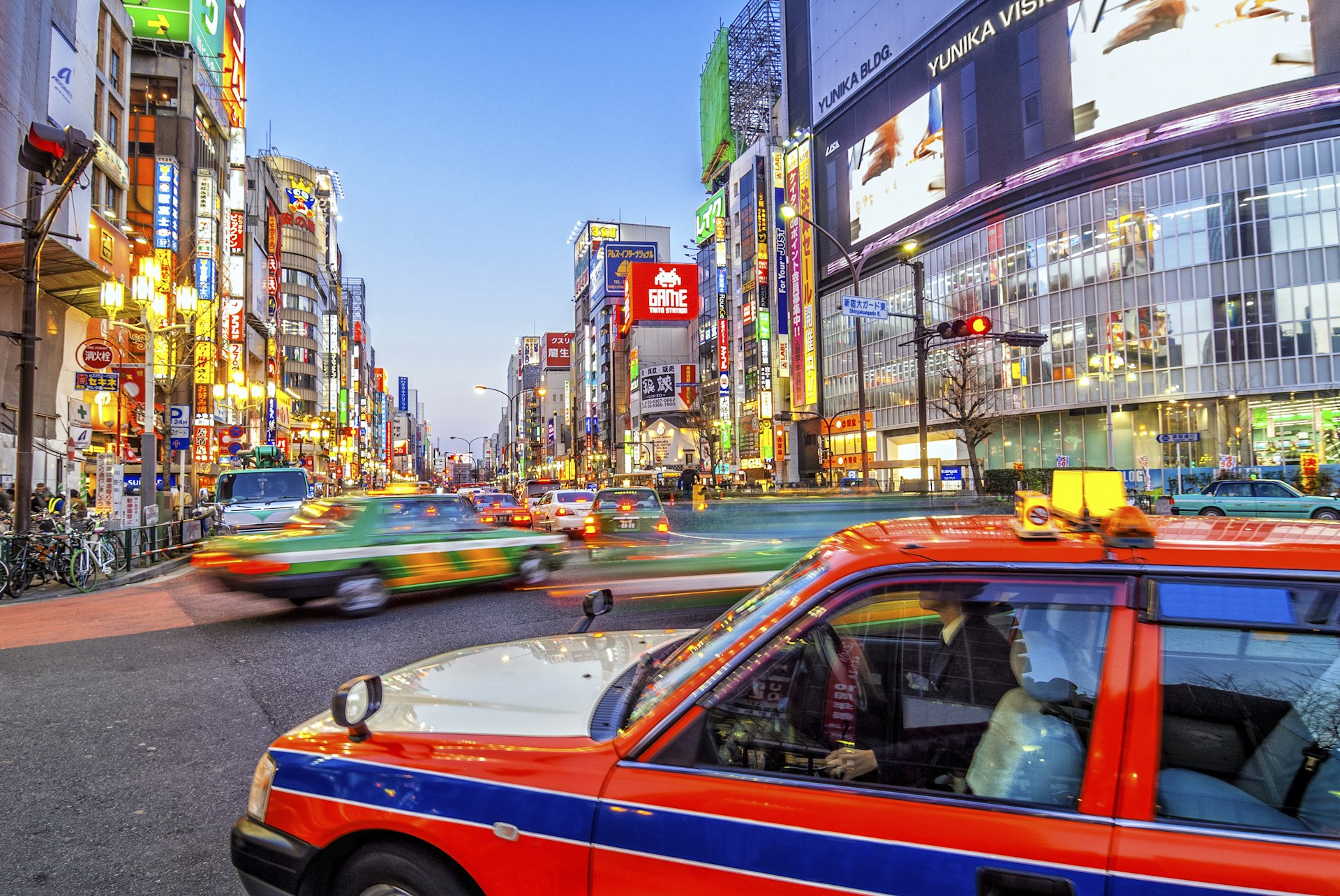
After a late night out consider a taxi
Getting a taxi in Tokyo only makes economic sense for short distances or when in groups of four – unless you’re stranded during the lull in nightly train operations.
All cabs run by the meter, with fares starting at ¥500 for the first 2km (1.2 miles) and then rising by ¥100 for every 255m (836ft) you travel or for every 90 seconds spent in traffic.
When traveling longer distances, this starts to add up at a rather alarming rate, especially when you factor in the nighttime surcharge of 20% between 10pm and 5am, and potential highway tolls.
Drivers rarely speak English, though most taxis have navigation systems. Have your destination written down in Japanese – or, better yet, a business card with an address.
Most taxis now also take credit cards and IC passes; since the pandemic began many have introduced automated payment systems attached to screens on the back of the main passenger seat.
Train stations and hotels have designated taxi stands. In the absence of a stand, you can hail a cab from the street by standing on the curb and sticking your arm out; there are typically far more taxis roaming the streets than punters hailing them down.
Local tips for using cabs and finding addresses
Japanese cab doors are automatic, and even after years of residence in the city, many foreigners find themselves struggling to open self-opening doors. Exercise patience!
Once in the taxi, you’ll notice how difficult Tokyo’s streets are to navigate, even for locals. Only the biggest streets have official names, and they don’t figure into addresses. Instead, addresses are derived from districts, blocks and building numbers.
Central Tokyo is divided first into ku (wards – Tokyo has 23 of them), which in turn are divided into chō or machi (towns) and then into numbered districts called chōme (pronounced “cho-may”). Subsequent numbers in an address refer to blocks within the chōme and buildings within each block.
Since it’s nearly impossible to find your destination using the address alone, smartphones with navigation apps have been a real boon.
Many restaurants and venues also have useful maps on their websites. If you get lost, police officers at kōban (police boxes) have maps and can help with directions, though few speak English.
At the very least, they should be able to steer you back to the nearest train station from where you can try again. Many businesses have also started using the What3Words app, which has divided the world into 3m-square grids to help users pinpoint a specific location.
Uber does operate in Tokyo but it's not cheaper
Uber arrived in Tokyo in May 2018, though its boutique chauffeur service, Uber Black, dates back to 2015. The ride-share company has partnered with three local taxi operators to provide rides in Tokyo’s central business district and other busy areas.
Even though Tokyo strictly regulates ride-sharing apps, other competitors are entering the market, such as the city’s premier taxi app, JapanTaxi (which isn’t particularly tourist-friendly).
Given Uber’s unpredictable availability and a pricing structure similar to that of street cabs, there are few occasions where using the app is merited.
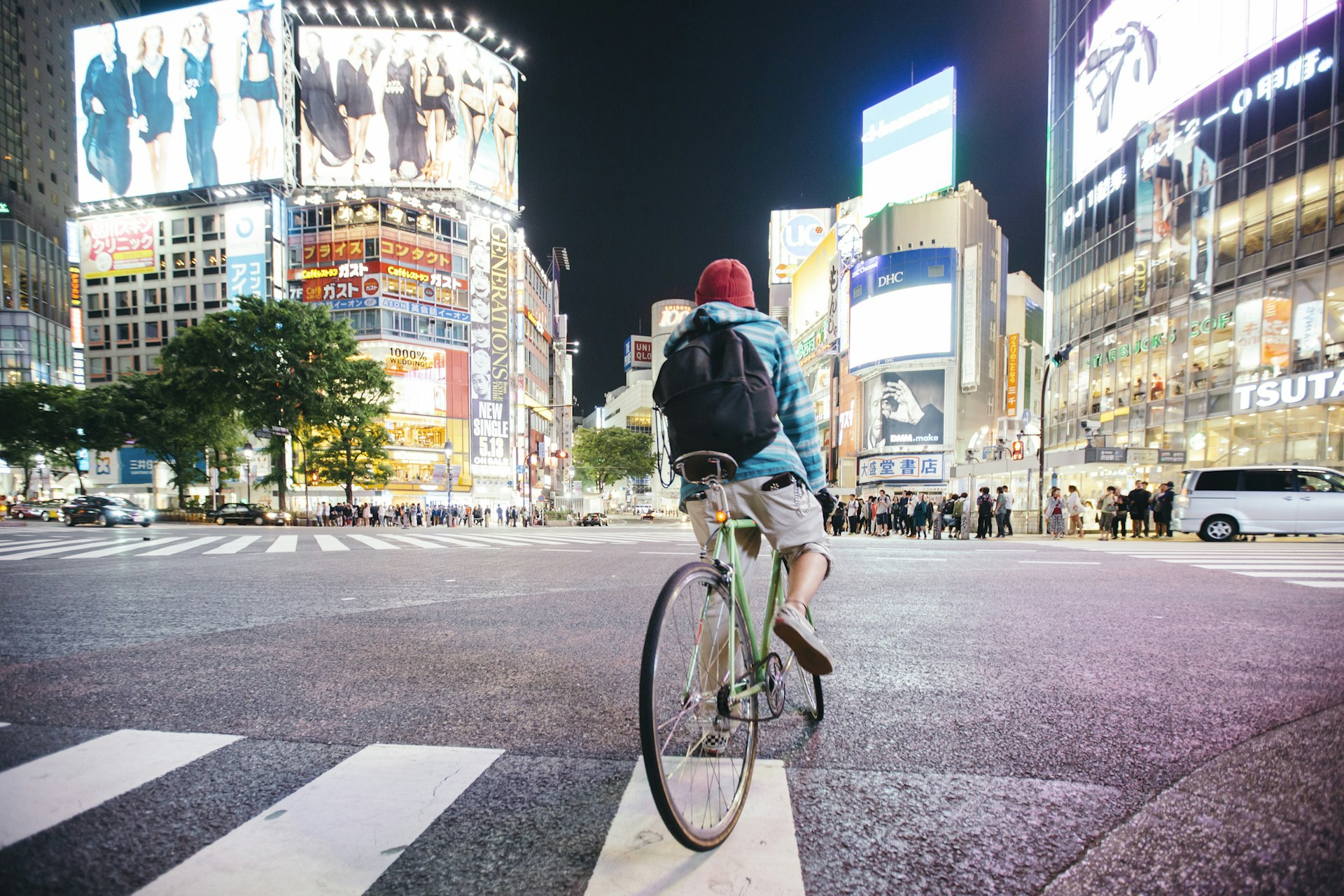
Cycling in Tokyo
At first glance, Tokyo doesn’t seem like a bicycle-friendly city: dedicated lanes are almost nonexistent on major thoroughfares, cyclists often come up against pedestrian overpasses that need to be scaled (though a few have ramps for walking bikes up and down), and you’ll see no-parking signs for bicycles everywhere.
Despite all this, you’ll also see plenty of pedaling locals. This is because Tokyo is a largely flat city, and much bike-friendlier if you’re cycling through city parks , in residential neighborhoods, along the river promenades near Tokyo Bay or around the maze of backstreets.
Cogi Cogi is a bike-sharing system with ports around the city, including some hostels.
Despite instructions in English, the system is a little complicated to use: you’ll need to download an app, register a credit card and have a wi-fi connection on the go to sync with the ports.
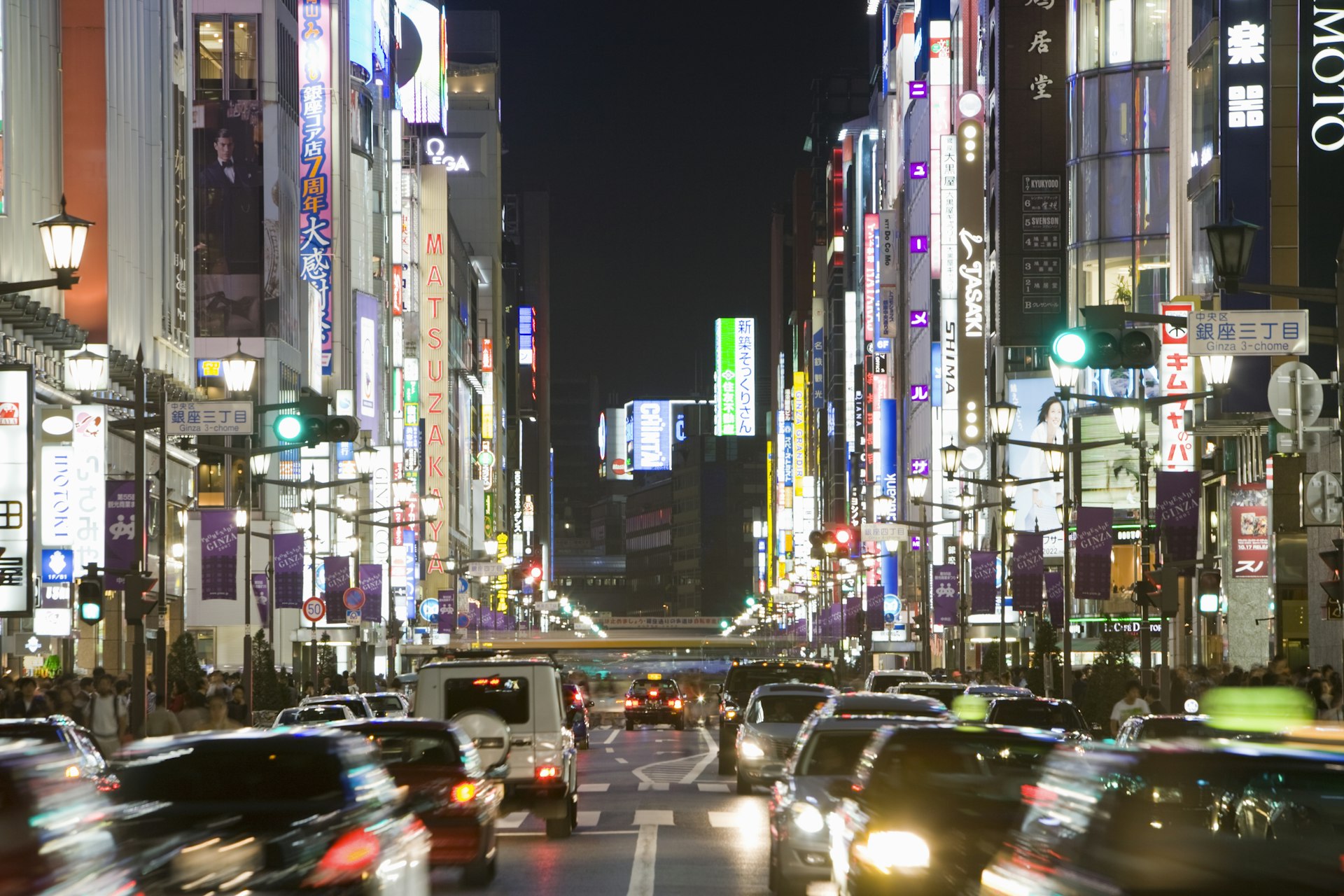
Think twice about hiring a car
Considering the traffic, the confusing and often excruciatingly narrow roads, and the ridiculous cost of parking, it’s best not to use a car to get around Tokyo; even most Tokyoties don’t bother owning a vehicle.
Day trips can easily be done by public transport, though renting a car will expand your options and allow you to explore regions rarely visited by the touring masses.
For rentals, you will need an International Driving Permit, which must be arranged in your own country before you leave; certain conditions must be met (see the Japan Automobile Federation website for further information).
Rental companies with branches around the city include Nippon Rent-a-Car and Toyota Rent-a-Car .
Local tips for car rentals in Tokyo
Rental cars are generally affordable, especially when the cost is split among passengers, and are economical with respect to gas mileage.
That said, highway tolls in Japan can be exorbitant – driving to Osaka and back, for example, would cost over ¥29,000 in toll fees, mitigating some of the money saved on skipping the bullet train.
Also be sure to pay the extra fee for damage insurance. In the event that you are in an accident, no matter how small, you must first call the police to record the incident before the vehicle is returned to the shop or you’ll risk incurring hair-raising financial penalties.
Rental operators are fairly unsympathetic to those who don’t follow these rules; it’s worth bringing a translator to go through the small print to avoid any such mishaps.
Accessible transportation in Tokyo
Tokyo is working hard to improve universal access – or bariafurī (“barrier-free”; バリアフリー) in Japanese. It’s estimated that at least 95% of Tokyo’s approximately 700 train stations have step-free facilities and accessible toilets, while 94% of buses are also wheelchair accessible.
Newer buildings have wheelchair-access ramps, more and more subway stations are introducing elevators (look for signs on the platform as not all exits have them), and yellow braille lines direct visually impaired passengers through major stations and guide them safely along platforms.
Train-station staff will also help wheelchair-using passengers on and off trains with a temporary slope.
A fair number of hotels, from the higher end of midrange and up, offer a barrier-free room or two (be sure to book well in advance). Note that what constitutes “barrier-free” is not always consistent, so check the details carefully.
Larger attractions, department stores and shopping malls tend to have wheelchair-accessible restrooms. If you need a wheelchair (車いす; “ kuruma isu ”) while in Tokyo, hotel staff can help you rent one.
Accessible Japan is the best resource for accessible travel. It also produces an ebook with lots of detail. Click here to download Lonely Planet’s free Accessible Travel guide.
This article was first published Apr 8, 2021 and updated Mar 23, 2024.
Explore related stories
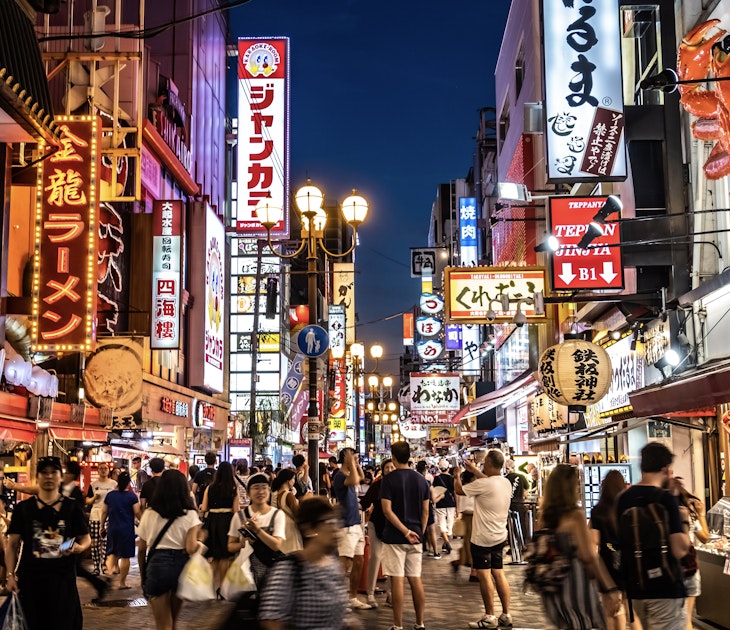
Art and Culture
May 1, 2024 • 9 min read
This four-day Osaka and Kyoto itinerary is a perfect add-on to any trip to Japan.

Apr 3, 2024 • 17 min read

Apr 2, 2024 • 10 min read

Mar 31, 2024 • 7 min read

Mar 28, 2024 • 7 min read

Mar 28, 2024 • 6 min read

Mar 28, 2024 • 11 min read

Mar 26, 2024 • 8 min read

Mar 25, 2024 • 6 min read
Plan Your Trip to Japan: Best of Japan Tourism

Essential Japan

Trending in the forums
Japan Is Great For
Art & history.
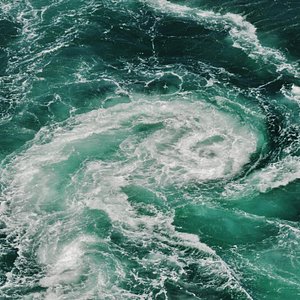
The great outdoors

Historic sites
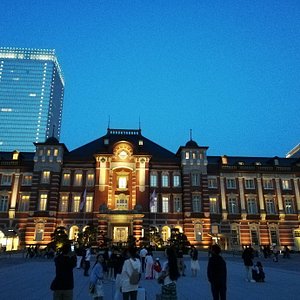


COMMENTS
Companies offering vehicle rental at various locations throughout Japan include: Nissan Rent a Car Tel. 0120-00-4123. Times Car Rental (Former Mazda Car Rental) Tel. 0120-39-8924. Nippon Rent-A-Car Tel. 03-6859-6234. Toyota Rent-A-Car. Tel. 092-577-0091 or 0800-7000-815 (toll-free) Niconico Rent A Car.
Car Rental Rates in Japan. Rental fees vary based on vehicle type, duration, and location. A sub-compact car such as a 'kei' car (the smallest highway-legal passenger car) will cost about 5,000 yen per 24 hours, up to around 20,000 yen for a van. This price estimate excludes the 10% sales tax.
Travelling by car in Japan allows you to see the beauty of the country's diverse nature, such as cherry blossom-lined lanes and mountain routes, that trains and tour buses cannot access You can travel any route you want and stop at anytime, making the trip more tailored to your preferences. Here are some tips to know before hitting the road in ...
If you're a fan of Japanese cars, such as Toyota, Mazda, Nissan and Honda - or motorbikes like Kawasaki and Yamaha - there is a museum or attraction in Japan for you. Here's your ultimate car and motorbike enthusiast's guide to Japan. 1. Toyota Commemorative Museum of Industry and Technology.
How to Rent a Car in Japan. We booked our rental car online from Discover Car Hire and the cheapest deal was from Budget. For the entire two-week trip in Japan, we paid around US$565 for our two-week rental of a compact Japanese car including the insurance and US$10 for the baby seat. We picked it up and dropped it off at Narita Airport.
In this article, we'll guide you through a trip designed specifically for car lovers in Japan, highlighting must-visit locations and experiences that will leave you craving more. Table of contents. 1. Nissan Crossing. 2. Honda Collection Hall. 3. Mazda Museum. 4.
1) Checking-in. Provided you already have a rental car reserved, this step is as simple as arriving at the rental car company counter and showing your reservation number and required documents (license, International Drivers Permit, passport, etc.). If you do not have a reservation, the staff will present you a list of vehicle options and prices.
Travelling in Japan by car: a practical guide . Japan may have one of the most efficient rail networks in the world, but traveling by car remains the preferred and even essential means of exploring some of its most beautiful regions that may be a little harder to access via train. Now, visiting Japan by car has never been easier!
Price range is various depending on size or model of the car, but rental cars in Japan can be as cheap as 3,000 yen per 24 hours for a basic compact car. If you wish to drop off your rental car at a different location, they usually charge you extra (up to 5,000 yen). Petrol stations are located everywhere and operated usually for 24 hours.
6. The Noto Peninsula drive. Best road trip for dramatic coastal seascapes. Takaoka - Kanazawa; 236km (147 miles), 1-2 days. From the picture-perfect sunrise of Amaharashi Beach to the bracing coastline of Ishikawa Prefecture, this road trip will take you past some of Japan's finest coastal scenery.
Nippon Rent-A-Car Services. Nippon Rent-A-Car is a traveler-friendly rental service that caters to visitors and residents from all over the world. There are 850 rental offices nationwide, about 200 of which are open 24/7. Also, with telephone interpretation services available in-store in English, Korean, Chinese and five other languages, Nippon ...
In Japan, rental cars are more affordable and abundant, compared to renting one in the States or Europe. The best value for money choice, from past experience, has always been Toyota Rent a Car. Aside from being the most reliable cars available, they have plenty of locations around Japan at airports, train stations, near hotels, or popular ...
Tsunoshima Ohashi Bridge in Yamaguchi. 10. Hakone Hill Turnpike in Kanagawa. Traveling in Japan. Japan Wonder Travel Tours. Other articles you might enjoy. 1. Izu Skyline in Shizuoka. If you fancy great views of Mt Fuji on your road trip, the Izu Skyline in Shizuoka may be just what you are looking for.
Some roads are closed in winter, so check before traveling. Access: Sounkyo, Kamikawa, Kamikawa-gun, Hokkaido 078-1701. Discover our suggested route Hokkaido: The Northern Loop. The Japanese Alps. Tsumago; A charming little town in the mountains, Tsumago lets you experience the atmosphere of ancient Japan. During the Edo period (1603-1868 ...
Traveling by car in Japan is a convenient way to reach remote locations and explore the countryside or the mountains.. Despite a very good and comprehensive public transportation network covering most of the archipelago, driving a car allows for a greater autonomy regarding schedules, itineraries and luggage.. Traffic is left-handed in Japan, like the United Kingdom or Australia.
Shaken is a compulsory safety inspection, which cars in Japan have to undergo every two years, except new cars, for which the first inspection is not due until three years after purchase. Shaken typically costs between 100,000 and 200,000 yen, and besides the actual inspection fee, includes a weight tax (typically 8,000 to 50,000 yen) and mandatory insurance (about 30,000 yen).
Japan Travel App Japan Travel app supports international tourist traveling to Japan with the most efficient navigation. You can find destinations to visit, plan itineraries, make reservations, and search routes while actually traveling. Content is available in 13 languages. Area. Hokkaido / Tohoku. Hokkaido. Aomori. Iwate. Miyagi.
For travel to rural areas, a car is the best way to get around, especially for two or more people. Areas that are great for exploration by car include Hokkaidō ; Tōhoku; Hida, Shirakawa-gō, the Japan Alps and the Noto Peninsula ( Central Honshū ); the San-in Coast (Western Honshū); Shikoku; Kyūshū; and Okinawa.
Retro! (Photo: Kzaral / CC BY-SA 2.0) Toyota Automobile Museum, Aichi. Possibly the most well-known of Japan's car-related museums, the Toyota Automobile Museum aims to highlight the evolution and culture of automobiles from around the world.
Car; Buses; Tours; City: ... Japan travel news. Our rail pass calculator is now handling regional passes. Travel News. Experiencing Koyasan with an overnight temple stay. Sponsored Story. Will the Sado Gold Mines become Japan's latest World Heritage Site? Travel News. Ten views of Himeji Castle.
by Wisterian Watertree. The Odakyu Romancecar revolutionised tourist travel in Japan. When it entered service in 1957, it set a world speed record for narrow-gauge trains. The Romancecar pioneered high-speed luxury travel and influenced the development of the Shinkansen, which debuted in October 1964 (just before the Tokyo Olympics).
Days 15 & 16: Hiroshima. Day 17: Train to Hokkaido. The train to Hokkaido, Japan's northernmost island home to volcanoes and rugged landscapes, takes 15-16 hours by train. There are sleeper cars available, but you'll have to pay a surcharge (around 9,500 JPY) for a bed.
In Tokyo, the above-ground Yamanote (loop) and the Chūō-Sōbu (central) lines are the most useful. Tickets start at ¥180 and go up depending on how far you travel. Tokyo has 13 subway lines, nine of which are operated by Tokyo Metro and four by Toei. The lines are color-coded, making navigation fairly simple - although a transfer ticket ...
Joint Travel Regulations. The Joint Travel Regulations (JTR) implements policy and law to establish travel and transportation allowances for Uniformed Service members (i.e., Army, Navy, Air Force, Marine Corps, Space Force, Coast Guard, National Oceanic and Atmospheric Administration Commissioned Corps, and Public Health Service Commissioned Corps), Department of Defense (DoD) civilian ...
By Management. 2,250. Explore Japan. A land where natural splendours and timeless traditions meet neon sci-fi cities and a frenetic buzz, Japan invites discovery at every turn. Be inspired by authentic experiences, invigorating nature breaks and offbeat adventures doubling as refreshing escapes. Once you're tapped out exploring, relive the ...
The latest travel news, deals, guides and tips from the travel experts at USA TODAY. All the travel insights you need to plan your dream vacation.
8-Day Switzerland Itinerary: Complete Guide to Maximize Your Swiss Travel Pass Explore the best of Switzerland in a week using the Swiss Travel Pass! 31 May 2024 ... Easy Visit Japan Web 2024 Guide Did you know that tourists traveling to Japan can now pre-register their Covid-19 documents with Visit Japan Web? Here's how! 27 Mar 2024